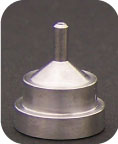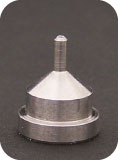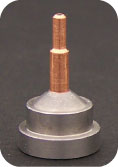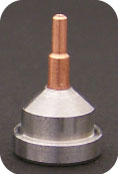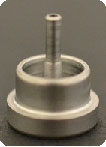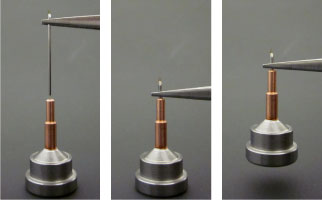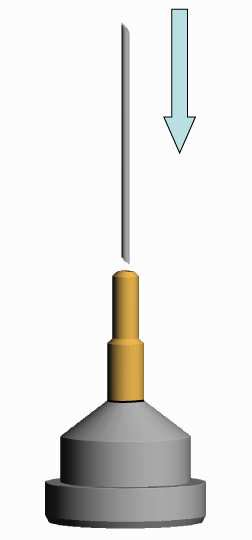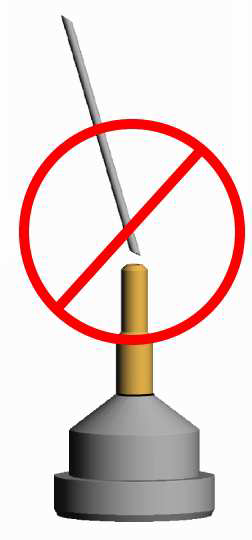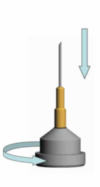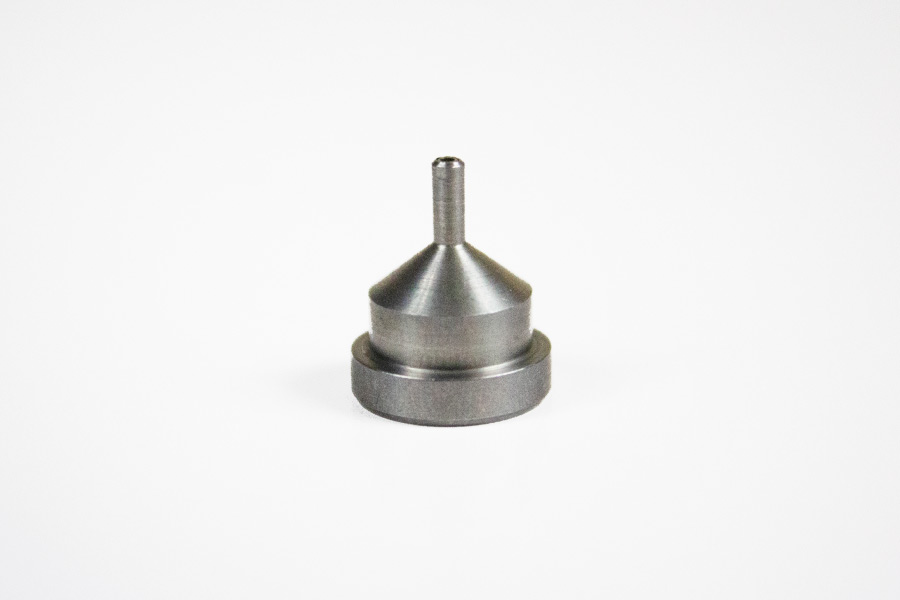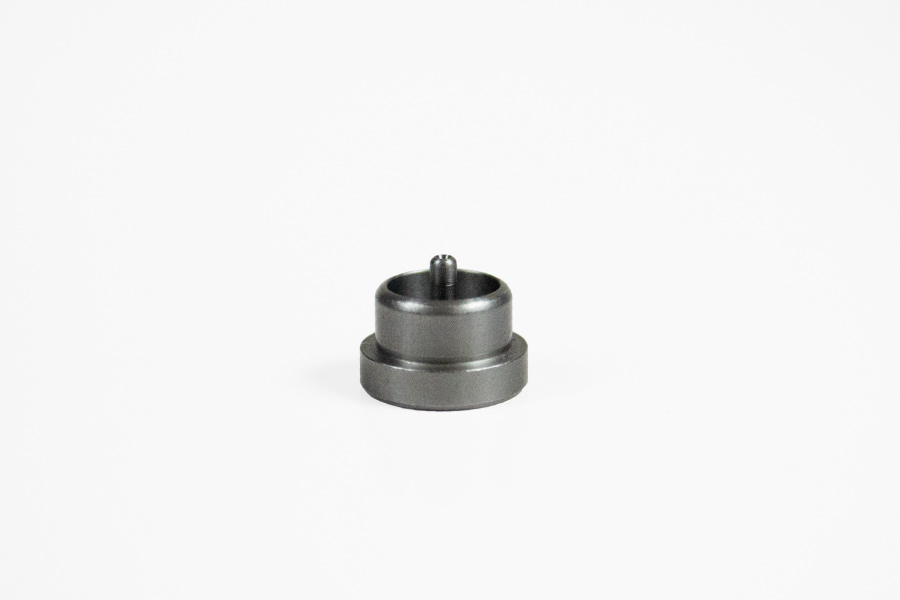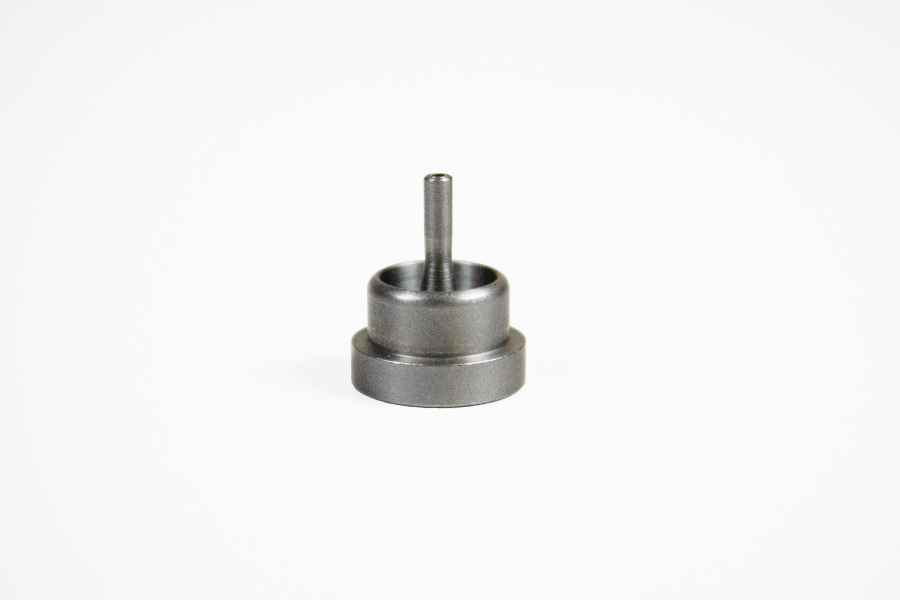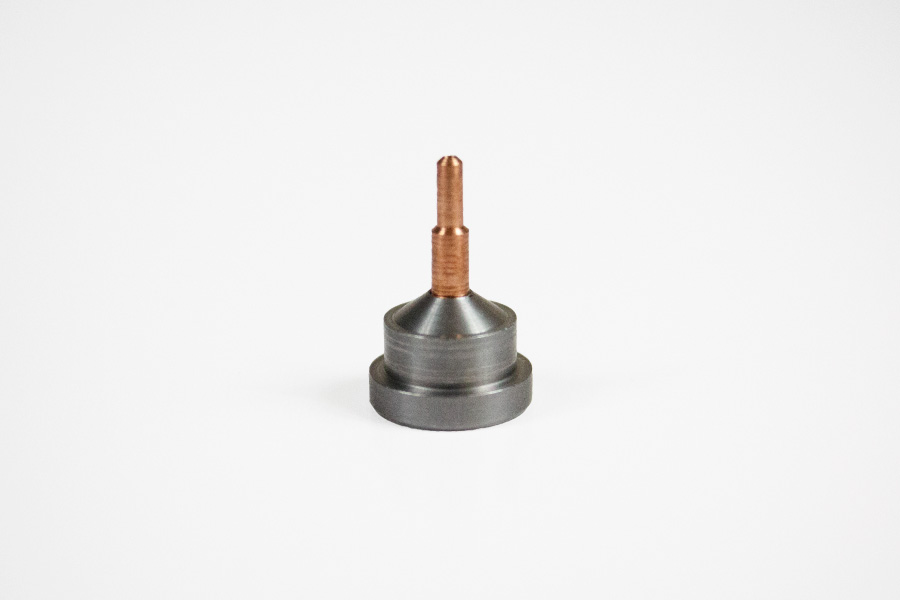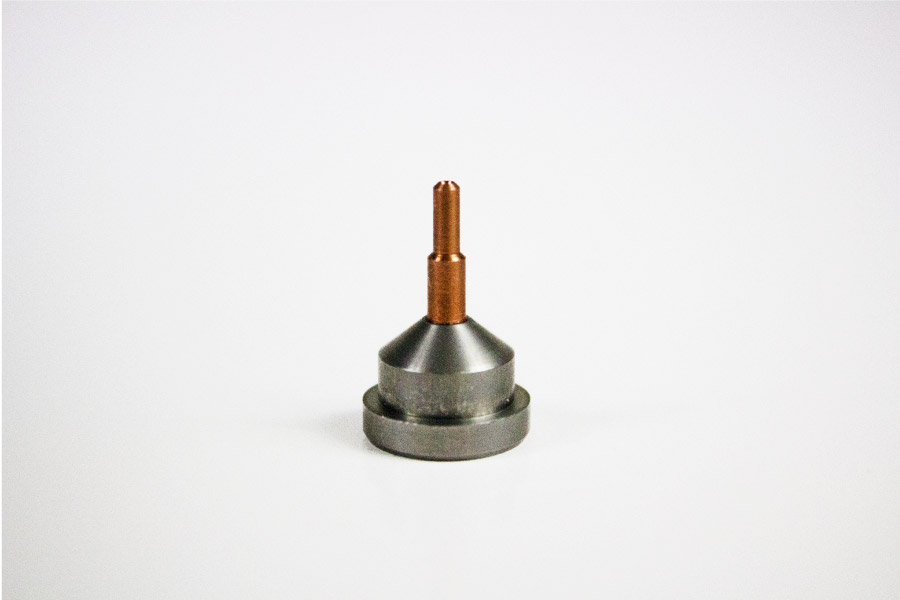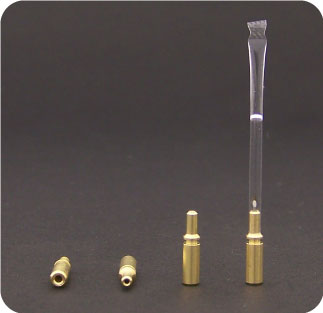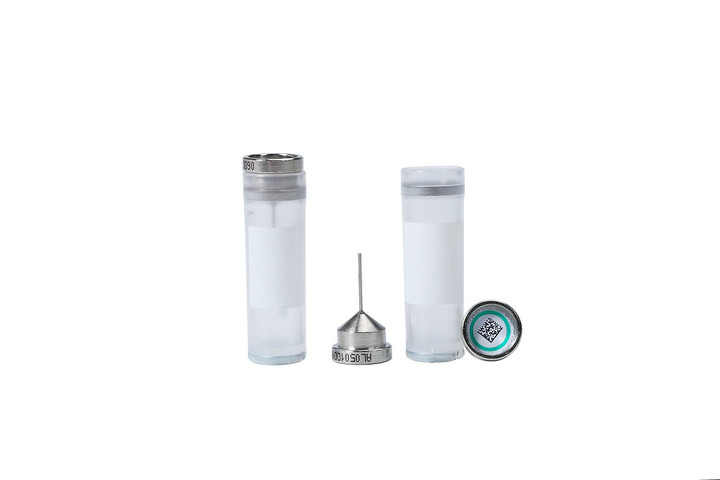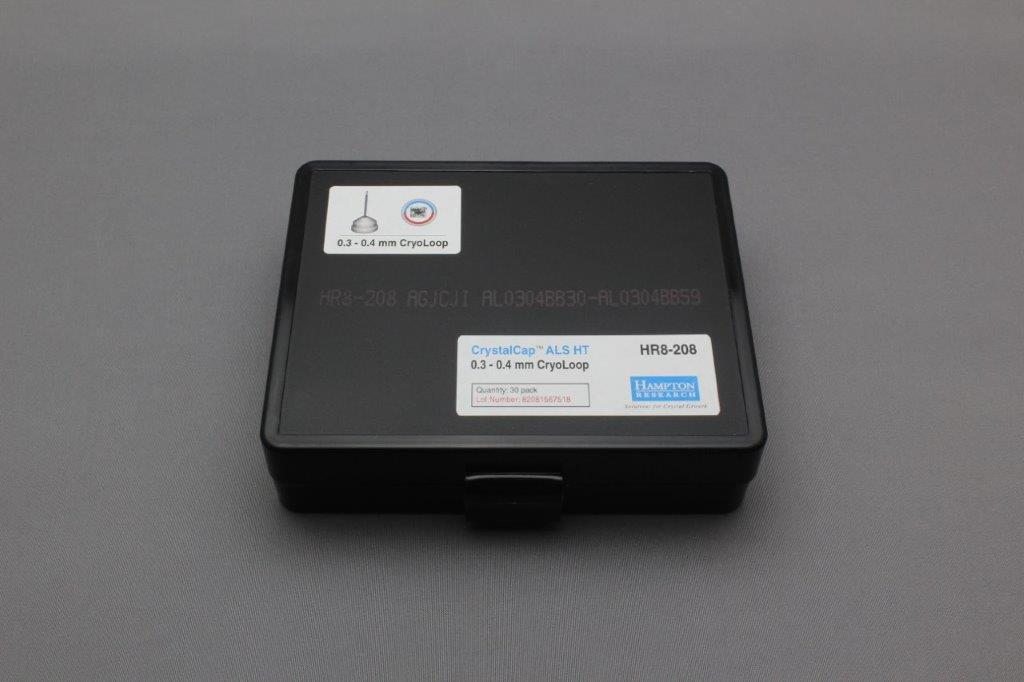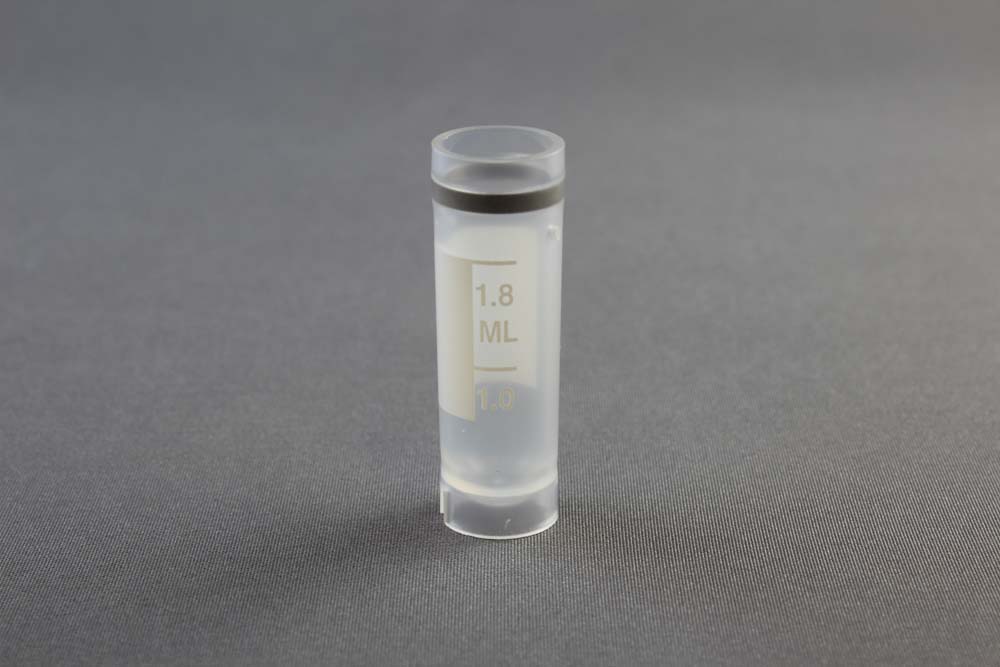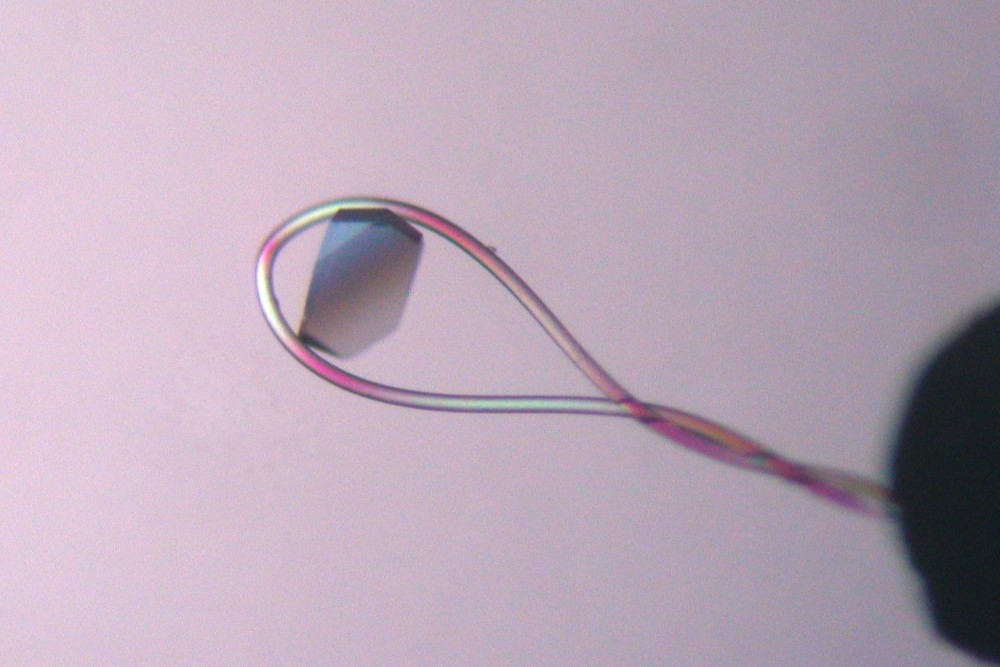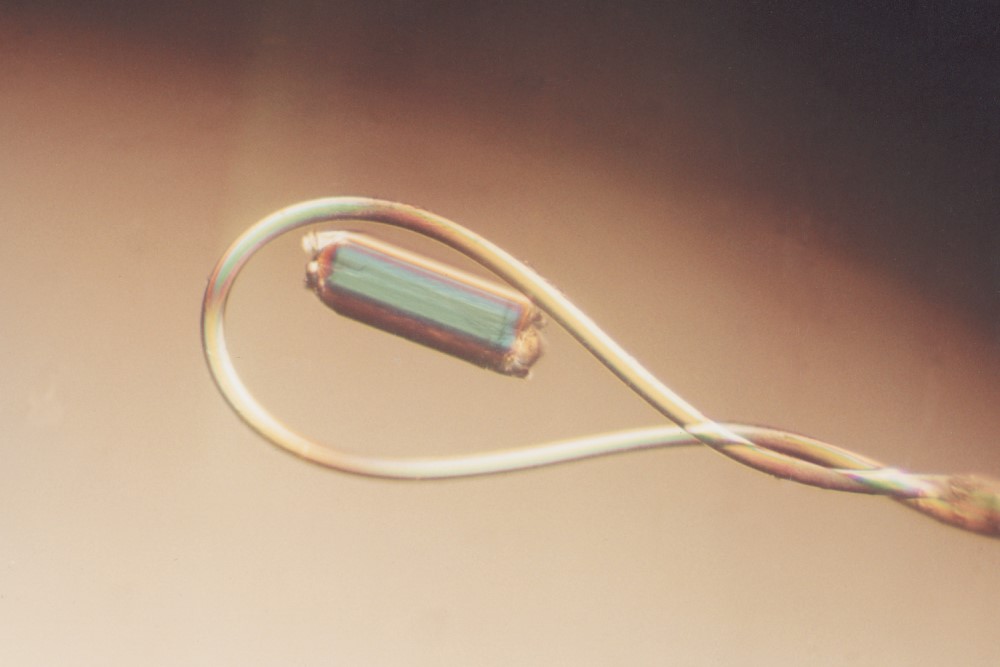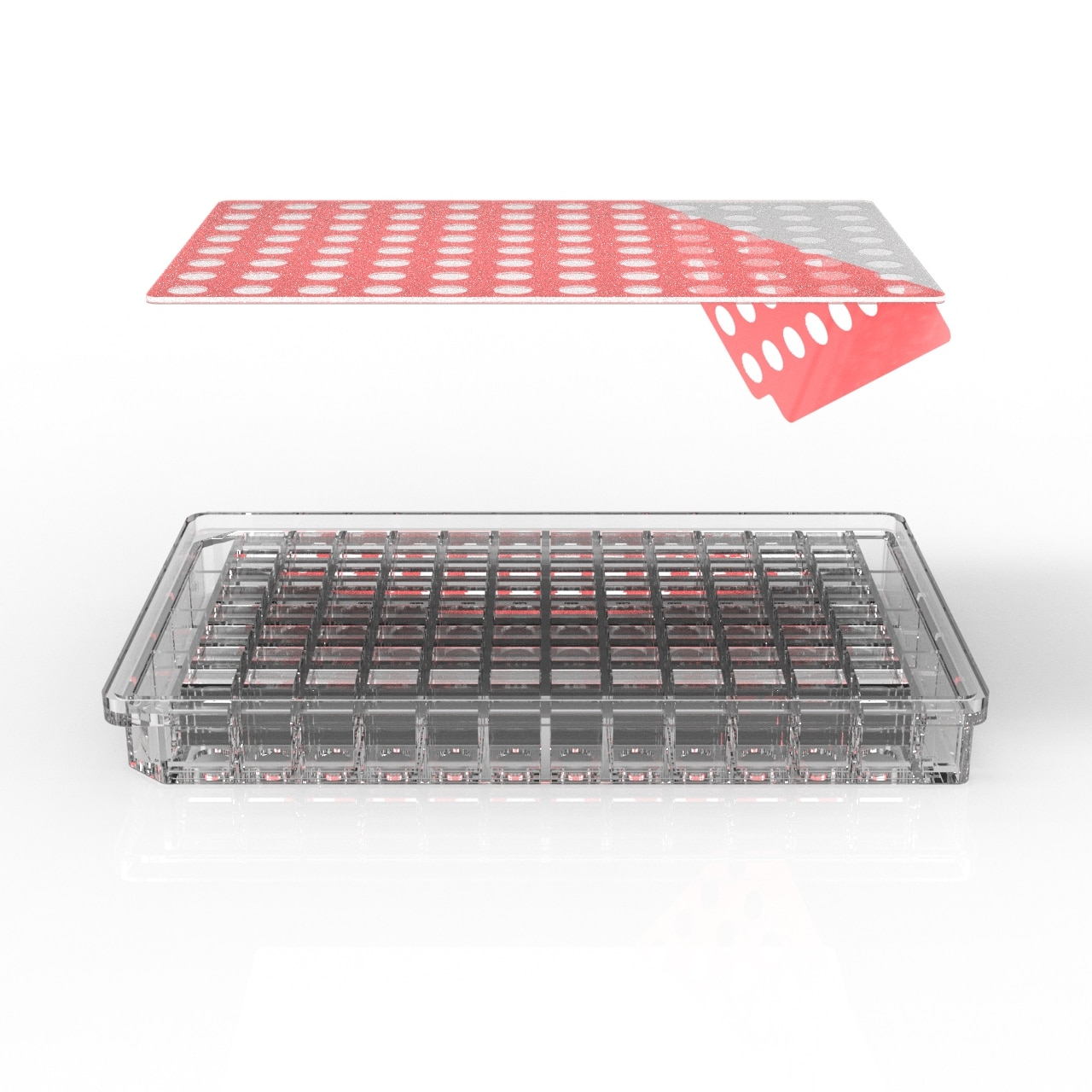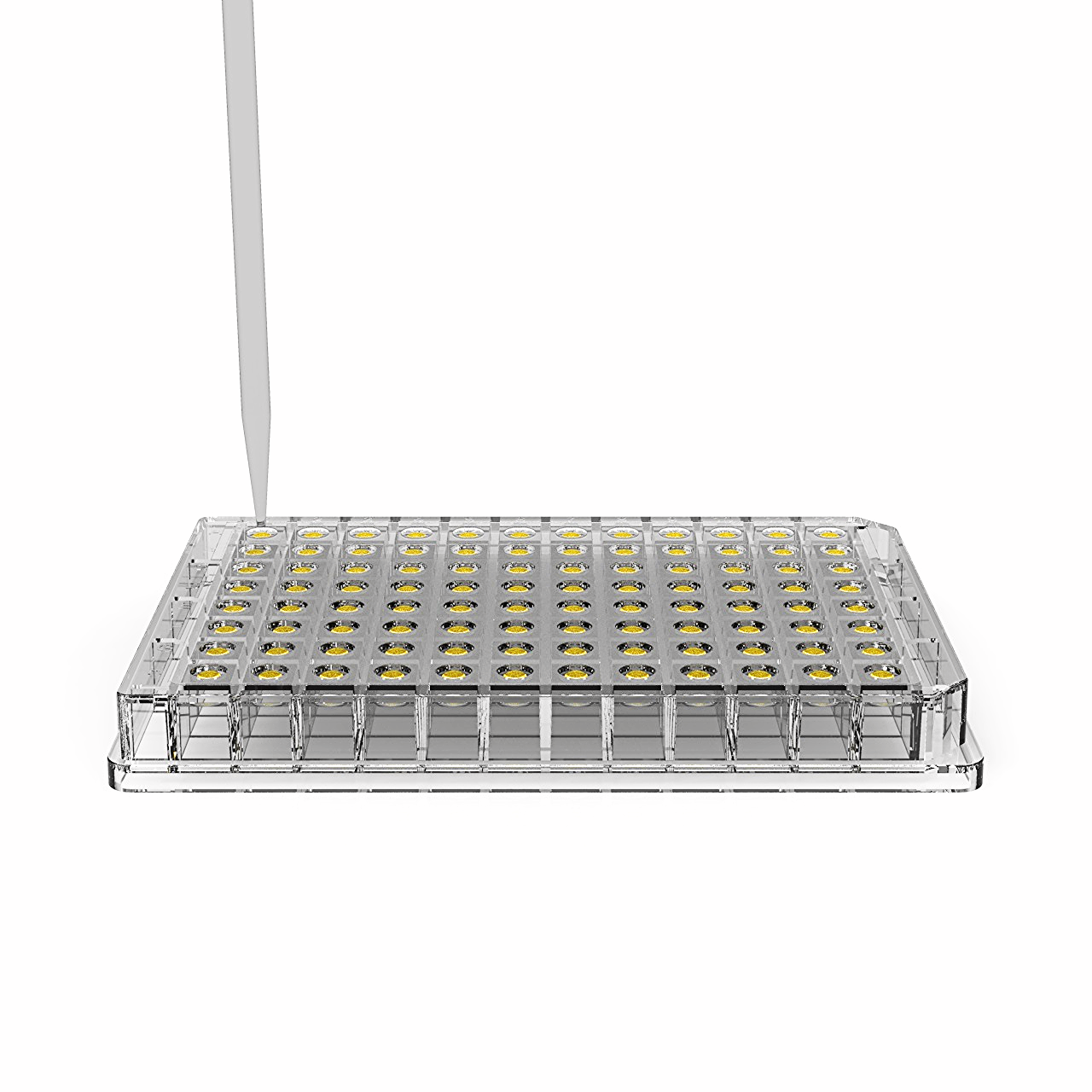96 Well Crystallization Plates 96孔结晶板
Swissci 96孔结晶板
Swissci 96孔结晶板-MRC Under Oil 96 Well
MRC Under Oil 96 Well
APPLICATIONS
- Microbatch crystallization
FEATURES
- Easy crystal retrieval
- Easy viewing
- UV imaging compatible
- Drop Volume 100 nanoliter to 4 microliter
- Oil Volume 20 µl
- SBS Standard
- Ultra low binding polymer, no static
DESCRIPTION
The MRC Under Oil 96 Well Crystallization Plate is designed for microbatch crystallization.
The plate was developed at the MRC Laboratory of Molecular Biology (Cambridge, United Kingdom) in collaboration with Dr. Jan Löwe and colleagues. It is a result of many years of experience in successful robotic high-throughput crystallization and combines many of the features not earlier available to the crystallographer.
The new MRC Under Oil 96 Well Crystallization Plate is designed for microbatch crystallization using paraffin, silicon oil, or a mixture of the two. Following the initial experiment, evaporation of the drop through the oil allows for second crystallization stage, enabling further crystal growth as a consequence of concentration. This is different from other experiments in that the conditions are then extreme in nature and permit new conditions to arise.
The new MRC Under Oil 96 Well Crystallization Plate offers unique properties that make it ideal for both nanoliter crystallization screening and microliter optimization alike. Made from an optically superior polymer and with a new design of the wells, the plate allows easy crystal viewing and retrieval.
The advantages of the new MRC Under Oil 96 Well Crystallization Plate.
Easy Crystal Retrieval
Raised wide wells make the crystal mounting especially easy.
Easy Viewing
The wells are wide conical and have a polished surface on both sides important for perfect illumination. The micro numbering ensures that you will never get lost again (visible by microscope). The optically superior polymer is even UV transmissible and may be used to differentiate between salt and crystals.
Better Sealing
Wide partition walls between the wells give plenty of area for good sealing with tape for the initial experiments of microbatch. No central bending occurs in this very robust structure.
Recommended Volumes
Typical volumes validated for these plates are 20 µl of oil with a shot through sample delivery of 100 nanoliter to 4 microliter.
SBS Standard
The plates are designed to the 96 well SBS standard for all common holders and external numbering (A – H, 1 – 12) with corner location that make the plate easy to use in a robotic sampler. The plate can also be centrifuged for better results. The unique MRC Under Oil 96 well Crystallization plate offers a new way of microbatch crystallography. The 96 wells are optically perfect, designed to observe crystals under a microscope.
Unique Polymer
The proprietary polymer is optically perfect – ultra low binding and guaranteed to have central drop location in the well. There are no static effects and thus micro-droplet jumping is avoided.
CAT NO
HR3-102
NAME
MRC Under Oil Crystallization Plate
DESCRIPTION
10 plate case
CAT NO
HR3-104
NAME
MRC Under Oil Crystallization Plate
DESCRIPTION
40 plate case
Swissci 96孔结晶板-MRC 2 Well UVP
APPLICATIONS
- Sitting drop crystallization
FEATURES
- Two drop wells per reservoir
- UV compatible (UVP)
- Standard ANSI/SLAS 1-2004 form for automation (SBS)
- Drop volume: 100 nl to 5 µl
- Lens effect drop wells for enhanced optics
- Reservoir volume: 50 to 100 µl
- Micro-numbering alongside drop volumes
- Rigid plate structure
- Drop well allows easier crystal harvesting
- Wide partition walls between wells improve sealing
DESCRIPTION
The MRC 2 Well Crystallization plate manufactured by Swissci is a 2 drop chamber, 96 well crystallization plate for sitting drop vapor diffusion. Molded from a UVP polymer, the plate is UV compatible.
The plate was developed at the MRC Laboratory of Molecular Biology (Cambridge, United Kingdom) in collaboration with Dr. Jan Löwe. Designed to meet the stringent requirements specified by crystallographers, and made of proprietary new materials that facilitate enhanced imaging, the MRC Crystallization Plate provides easier access and removal of crystals, improved mixing of reagent and sample, and reduced sample and reagent volumes.
Easy Crystal Retrieval Raised wide wells make the crystal mounting especially easy.
Easy Viewing The wells are a wide conical shape and have a lens effect for perfect illumination. The micro-numbering ensures you will never get lost again when using the microscope. The optically superior polymer is UV transmissible and may be used to differentiate between salt and protein crystals.
Better Sealing Wide partition walls between the wells give plenty of area for sealing with tape or film. No central bending occurs in this very robust structure.
Wide Range of Volumes Typical volumes are 50 to 100 µl of reservoir and 100 nl to 5 µl drop size. The 192 optical wells offer twice the number of experiments of experimental constructions.
SBS Standard The plate is designed to the 96 well SBS standard for all common holders and external alphanumeric identification. The MRC Crystallization Plate is suitable for centrifugation.
The plates can be sealed using Crystal Clear Sealing Film (HR3-609), 3 inch wide Crystal Clear Sealing Tape (HR4-506) or ClearSeal Film™ (HR4-521).
HR3-082/HR3-083 MRC 2 Well Crystallization Plate
CLICK TO ZOOM IN
CAT NO
HR3-082
NAME
MRC 2 Well Crystallization Plate
DESCRIPTION
10 plate case
CAT NO
HR3-083
NAME
MRC 2 Well Crystallization Plate
DESCRIPTION
40 plate case
RELATED ITEM(S)
REFERENCES
Swissci 96孔结晶板-MRC 2 Well UVXPO
APPLICATIONS
- Sitting drop crystallization
FEATURES
- Two drop wells per reservoir
- UV Compatible
- Non birefringent, excellent uniform (zero) background when using cross polarized light
- Standard ANSI/SLAS 1-2004 form for automation
- Drop volume: 100 nl to 5 µl
- Lens effect drop wells for enhanced optics
- Reservoir volume: 50 to 100 µl
- Micro-numbering alongside drop volumes
- Drop well allows easier crystal harvesting
- Wide partition walls between wells improve sealing
DESCRIPTION
The MRC 2 Well Crystallization plate manufactured by Swissci is a 2 drop chamber, 96 well crystallization plate for sitting drop vapor diffusion. Molded from a UVXPO polymer, meaning the crystals can be viewed in ultraviolet (UV), polarized, and visible light.
The MRC 2 Well Crystallization Plate in UVXPO is made from a new polymer mixture that means crystals can be viewed in UV, Polar and Visible light. UVXPO is short for UV compatible as well as excellent uniform (zero) background when using cross polarized light. The MRC 2 Well Crystallization Plate in UVXPO offers unique properties that make it ideal for both nanoliter crystallization screening and microliter optimization alike. Made from optically superior polymer and with a new design of the wells, the plate allows easy crystal viewing and retrieval.
Advantages
• Easy crystal retrieval
• Raised wide wells make the crystal mounting especially easy.
Easy viewing
• Crystals can be viewed in UV, Polar and Visible light.
• Uniform (zero) background when using cross polarized light.
• The wells are a wide conical shape and have a lens effect for perfect illumination.
• Micro-numbering ensures you will never get lost again (visible by microscope).
• The polymer is UV transmissible and may be used to differentiate between salt and protein crystals.
Better sealing
• Wide partition walls between the wells give plenty of area for good sealing with tape.
• No central bending occurs in this very robust structure.
• Excellent long term storage – no sample evaporation.
Wide range of volumes
• Typical volumes are 50-100 µl of reservoir and 100 nl – 5 µl drop size.
• The 192 optical wells offer twice the number of experiments
ANSI/SLAS 1-2004 Standard
• The plates are designed to the 96-well ANSI/SLAS 1-2004 standards for all common holders and external numbering (A-H, 1-12) with corner location make the plate easy to use in a robotic sampler.
• The UVXPO plate is suitable for centrifugation.
• The unique 2 drop protein crystallization plate offers a new way of sitting drop crystallography.
• The 192 wells are optically perfect designed to observe crystals under a microscope.
• The wells are doubled, providing an unique security of growing crystals.
Features
• Easy to fill 96-well structure – typically 85 µl per buffer well.
• Standard ANSI/SLAS 1-2004 form for automation.
• Optically perfect wells with lens effect for a better view with microscope.
• Microscopic identifier within wells, simplifying the orientation under the microscope.
• Maximum volume of the buffer reservoir is 100 µl, typically 100 nl is used for the protein well filling.
• Grown crystals are easy to identify and to remove from well due to a low binding polymer.
• Plate with 2 wells for each sample, better growing security with duplicates or the ability to use well two as a mixing station.
• Wells fill without micro-droplets jumping out due to static effects.
• Wells can be individually sealed with a perfectly flat upper surface
• There is a large land area designed to ensure integrity of each well section.
• Clean room produced ensuring no dust particles are in the product.
The plates can be sealed using Crystal Clear Sealing Film (HR3-609), 3 inch wide Crystal Clear Sealing Tape (HR4-506) or ClearSeal Film™ (HR4-521).
CLICK TO ZOOM IN
CAT NO
HR3-106
NAME
MRC 2 Well Crystallization Plate in UVXPO
DESCRIPTION
10 plate case
CAT NO
HR3-107
NAME
MRC 2 Well Crystallization Plate in UVXPO
DESCRIPTION
40 plate case
RELATED ITEM(S)
Swissci 96孔结晶板-3 Well Midi UVP
APPLICATIONS
- Sitting drop crystallization
FEATURES
- Lens effect drop wells for enhanced optics
- Drop volume: 50 nl to 5 µl
- Micro-numbering alongside drop volumes
- Reservoir volume: 20 to 40 µl
- ANSI/SLAS 1-2004 Standard
- Drop well allows easier crystal harvesting
- Three drop wells per reservoir
- Midi profile for easier storage
- UV compatible (UVP)
DESCRIPTION
The SWISSCI 3 Lens Crystallization Plate is an ideal product for protein crystallization presented in a 96-well plate format.
The plate was developed in collaboration with very experienced protein crystallographers. It is the result of many years of experience in successful robotic high-throughput crystallization and combines many of the necessary features not earlier available to the crystallographer.
The SWISSCI 3 Lens crystallization Plate offers unique properties that make it ideal for both nanoliter crystallization screening and mircoliter optimization alike. Made from optically superior polymer (UVP) and with a new design of the wells, the plate allows easy crystal viewing and retrieval.
The Advantages of the 3 Lens Crystallization Plate Easy crystal retrieval Raised wide wells make the crystal mounting especially easy.
Easy viewing The wells are a wide conical shape and have a lens effect for perfect illumination. The micro-numbering ensures you will never get lost again (visible by microscope). The optically superior polymer is UV transmissible and may be used to differentiate between salt and protein crystals.
Better sealing Wide partition walls between the wells give plenty of area for good sealing with tape. No central bending occurs in this very robust structure. Excellent long term storage – no sample evaporation.
Wide range of volumes Typical volumes are 20-40 µl of reservoir and 50 nl-5 µl drop size. The 288 optical wells offer three times the number of experimental constructions.
ANSI/SLAS 1-2004 Standard The plates are designed to the 96-well ANSI/SLAS 1-2004 standards for all common holders and external numbering (A-H, 1-12)with corner location make the plate easy to use in a robotic sampler. The 3 Lens plate is suitable for centrifugation. The unique 3 drop protein crystallization plate offers a new way of sitting-drop crystallography. The 288 wells are optically perfect designed to observe crystals under a microscope.
3 Lens plate features Easy to fill 96-lens structure – typically 30 microlitres per buffer lens. Standard ANSI/SLAS 1-2004 form for automation. Optically perfect wells with lens effect for a better view with microscope. Microscopic identifier within wells, simplifying the orientation under the microscope. Maximum volume of the buffer reservoir is 40 microlitres. Grown crystals are easy to identify and to remove from lens due to a low-binding polymer. Plate with 3 lenses for each sample, better growing security with triplicates or the ability to use lens two and lens three as mixing stations. Lenses fill without micro-droplets jumping out due to static effects. Wells can be individually sealed with a perfectly flat upper surface – there is a large land area designed to ensure integrity of each lens section. The profile allows for easier storage. Low volume buffer well enables savings on reagents. Triplicates allow for 288 constructs per plate.
CAT NO
HR3-123
NAME
Swissci 3 Well Midi Crystallization Plate in UVP (10)
DESCRIPTION
10 plate case
CAT NO
HR3-125
NAME
Swissci 3 Well Midi Crystallization Plate in UVP (40)
DESCRIPTION
40 plate case
Swissci 96孔结晶板- 3 Well Midi UVXPO
APPLICATIONS
- Sitting drop crystallization
FEATURES
- Lens effect drop wells for enhanced optics
- Drop volume: 50 nl to 5 µl
- Micro-numbering alongside drop volumes
- Reservoir volume: 20 to 40 µl
- ANSI/SLAS 1-2004 Standard
- Drop well allows easier crystal harvesting
- Three drop wells per reservoir
- Midi profile for easier storage
- UV compatible
DESCRIPTION
The SWISSCI 3 Lens Crystallization Plate is an ideal product for protein crystallization presented in a 96-well plate format.
The SWISSCI UVXPO 3 Lens Crystallisation Plate is made from a new polymer mixture that means crystals can be viewed in UV, Polar and Visible light. UVXPO is short for UV compatible as well as excellent uniform (zero) background when using cross polarised light.
The SWISSCI 3 Lens Crystallisation Plate is an ideal product for protein crystallisation presented in a 96-well plate format.
The Advantages of the 3 Lens Crystallization Plate
Easy crystal retrieval
Raised wide wells make the crystal mounting especially easy.
Easy viewing
Crystals can be viewed in UV, Polar and Visible light.
Uniform (zero) background when using cross polarised light.
The wells are a wide conical shape and have a lens effect for perfect illumination.
The micro-numbering ensures you will never get lost again (visible by microscope).
The optically superior polymer is UV transmissible and may be used to differentiate between salt and protein crystals.
Better sealing
Wide partition walls between the wells give plenty of area for good sealing with tape.
No central bending occurs in this very robust structure.
Excellent long term storage – no sample evaporation.
Wide range of volumes
Typical volumes are 20-40 µl of reservoir and 50 nl-5 µl drop size. The 288 optical wells offer three times the number of experimental constructions.
ANSI/SLAS 1-2004 Standard
The plates are designed to the 96-well ANSI/SLAS 1-2004 standard for all common holders and external numbering (A-H, 1-12) with corner location make the plate easy to use in a robotic sampler.
The 3 Lens plate is suitable for centrifugation.
The unique 3 drop protein crystallisation plate offers a new way of sitting-drop crystallography.
The 288 wells are optically perfect designed to observe crystals under a microscope.
3 Lens plate features
Easy to fill 96-lens structure – typically 30 microlitres per buffer lens.
Standard ANSI/SLAS 1-2004 Standard form for automation.
Optically perfect wells with lens effect for a better view with microscope.
Microscopic identifier within wells, simplifying the orientation under the microscope.
Maximum volume of the buffer reservoir is 40 microlitres, typically 10 nanolitres is used for the protein well filling.
Grown crystals are easy to identify and to remove from lens due to a low-binding polymer.
Plate with 3 lenses for each sample, better growing security with triplicates or the ability to use lens two and lens threeas mixing stations.
Lenses fill without micro-droplets jumping out due to static effects.
Wells can be individually sealed with a perfectly flat upper surface – there is a large land area designed to ensureintegrity of each lens section.
The profile allows for easier storage.
Low volume buffer well enables savings on reagents.
Triplicates allow for 288 constructs per plate.
HR3-193/HR3-194 3 Well Midi UVXPO Crystallization Plate Swissci UVXPO-3LENS
CAT NO
HR3-193
NAME
Swissci 3 Well Midi Crystallization Plate in UVXPO (10)
DESCRIPTION
10 plate case
CAT NO
HR3-194
NAME
Swissci 3 Well Midi Crystallization Plate in UVXPO (40)
DESCRIPTION
40 plate case
Swissci 96孔结晶板-3 Well Low Profile UVP
APPLICATIONS
- Sitting drop crystallization
FEATURES
- Lens effect drop wells for enhanced optics
- Drop volume: 50 nl to 5 µl
- Micro-numbering alongside drop volumes
- Reservoir volume: 20 to 40 µl
- ANSI/SLAS 1-2004 Standard
- Drop well allows easier crystal harvesting
- Three drop wells per reservoir
- Low Profile for easier storage
- UV compatible (UVP)
DESCRIPTION
The SWISSCI 3 Lens Crystallization Plate is an ideal product for protein crystallization presented in a 96-well plate format.
The plate was developed in collaboration with very experienced protein crystallographers. It is the result of many years of experience in successful robotic high-throughput crystallization and combines many of the necessary features not earlier available to the crystallographer.
The SWISSCI 3 Lens crystallization Plate offers unique properties that make it ideal for both nanoliter crystallization screening and mircoliter optimization alike. Made from optically superior polymer (UVP) and with a new design of the wells, the plate allows easy crystal viewing and retrieval.
The Advantages of the 3 Lens Crystallization Plate Easy crystal retrieval Raised wide wells make the crystal mounting especially easy.
Easy viewing The wells are a wide conical shape and have a lens effect for perfect illumination. The micro-numbering ensures you will never get lost again (visible by microscope). The optically superior polymer is UV transmissible and may be used to differentiate between salt and protein crystals.
Better sealing Wide partition walls between the wells give plenty of area for good sealing with tape. No central bending occurs in this very robust structure. Excellent long term storage – no sample evaporation.
Wide range of volumes Typical volumes are 20-40 µl of reservoir and 50 nl-5 µl drop size. The 288 optical wells offer three times the number of experimental constructions.
ANSI/SLAS 1-2004 Standard The plates are designed to the 96-well ANSI/SLAS 1-2004 standards for all common holders and external numbering (A-H, 1-12)with corner location make the plate easy to use in a robotic sampler. The 3 Lens plate is suitable for centrifugation. The unique 3 drop protein crystallization plate offers a new way of sitting-drop crystallography. The 288 wells are optically perfect designed to observe crystals under a microscope.
3 Lens plate features Easy to fill 96-lens structure – typically 30 microlitres per buffer lens. Standard ANSI/SLAS 1-2004 form for automation. Optically perfect wells with lens effect for a better view with microscope. Microscopic identifier within wells, simplifying the orientation under the microscope. Maximum volume of the buffer reservoir is 40 microlitres. Grown crystals are easy to identify and to remove from lens due to a low-binding polymer. Plate with 3 lenses for each sample, better growing security with triplicates or the ability to use lens two and lens three as mixing stations. Lenses fill without micro-droplets jumping out due to static effects. Wells can be individually sealed with a perfectly flat upper surface – there is a large land area designed to ensure integrity of each lens section. The profile allows for easier storage. Low volume buffer well enables savings on reagents. Triplicates allow for 288 constructs per plate.
CAT NO
HR3-205
NAME
3 Well Low Profile Crystallization Plate (Swissci)
DESCRIPTION
10 plate case
CAT NO
HR3-206
NAME
3 Well Low Profile Crystallization Plate (Swissci)
DESCRIPTION
40 plate case
Swissci 96孔结晶板-LCP Lipidic Cubic Phase Screening
APPLICATIONS
- Lipidic cubic phase crystallization
FEATURES
- UVP cover film (UV compatible)
- No cross contamination
- Membrane protein crystallization
- 6 mm diameter drop well area
- 0.1 mm (100 μm) deep drop well when LCP plate is sealed
- Maximum drop volume is 1.6 microliters per well
DESCRIPTION
The Lipidic Cubic Phase Crystallization (LCP) plate facilitates the automation and increased throughput of LCP crystallization set-ups. This novel system enables LCP screening to be performed accurately and with ease – using manual – or automated systems to complete the delivery of the solutions.
Working with innovative scientists Professor Gebhard Schertler and Pat Edwards from the MRC laboratory in Cambridge, Swissci AG developed a new system for setting up LCP screens.
The Swissci LCP plate ensures crystallography set-up is fast, cost effective and robotically adaptable. In addition Ultra Violet light can be used with the glass / UVP polymers to visualize proteins without the light scattering associated with traditional polymeric solutions.
The LCP technique for crystallizing membrane proteins can be difficult and time-consuming to set up as it utilizes highly viscous lipid mesophases to reconstitute proteins. Swissci AG and MRC overcame these problems with the LCP plate. This product combines an easy to use sandwich system with dedicated coupling tapes and thin film UVP cover plates. It conforms to SBS standards and thus is perfect for modern automation applications where high throughput is required.
The Advantages of the LCP plate
• Ready to use the plate fits laboratory robotics and uses a Swissci unique polymer to ensure UV visualization is not compromised by polarization.
• Easy sealing with dry tabbed adhesive tape exposure and thin UVP cover film. Included in the kit is a plate leveling device to ensure the cover is perfectly adhered to the bottom LCP plate.
• No cross contamination and SBS standard.
• Unique low tack plate security allows for the sandwich plate to be removed from the base plate when required – in-situ x-ray data collection and structure determination is then enabled.
Here’s a description of the LCP plate from bottom to top. a) An SBS standard base plate frame support. b) 0.7 mm thick UVP plastic slide drop support containing all 96 drop wells with 0.1 mm thick layer of low tack sealant (no sealant in drop area). Flat, circular, 6 mm diameter drop wells to contain the LCP, sample and reagent. c) Removable brown/tan paper protects sealant until plate is ready to use. d) 0.1 mm thick UVP sealing film. e) Removable protective dust cover. The kit is completed with a Swissci plate leveling device.
To use the LCP plate, pipette LCP, sample and reagent into the 96 drop wells. Peel back and remove the brown/tan paper to expose the adhesive. Place the sealing film onto the LCP plate. Remove the protective film for viewing.
Maximum drop volume is 1.6 microliters per well.
HR3-186 Swissci Lipidic Cubic Phase Screening Kit
CAT NO
HR3-186
NAME
Lipidic Cubic Phase Screening Kit
DESCRIPTION
20 plate case
MRC系列
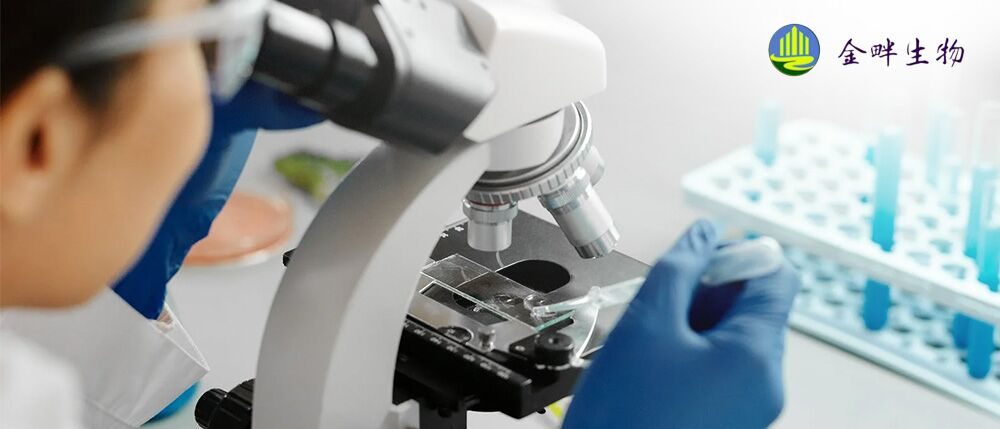

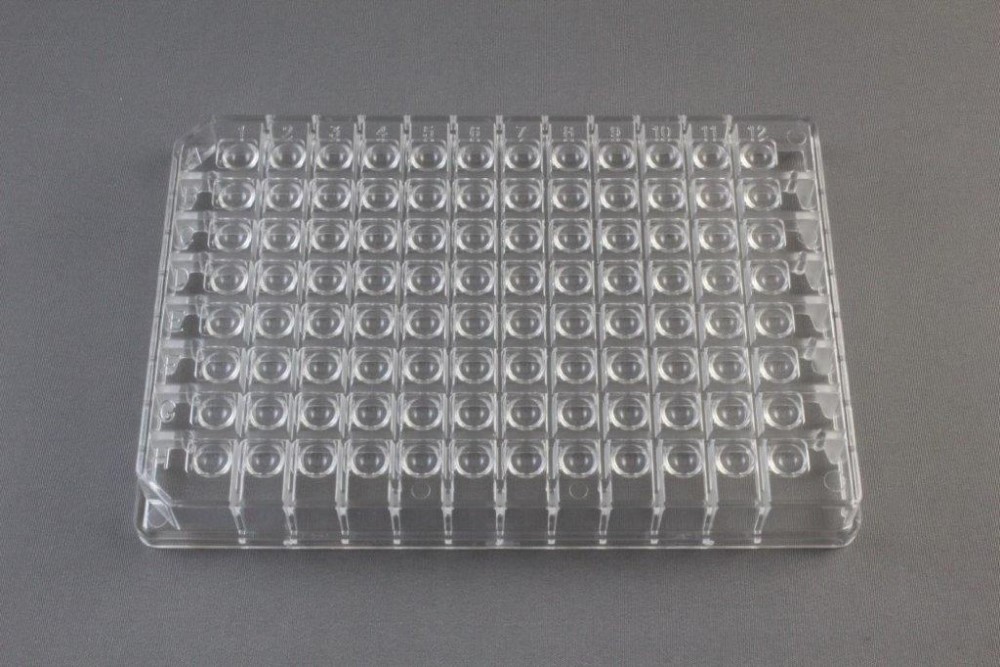
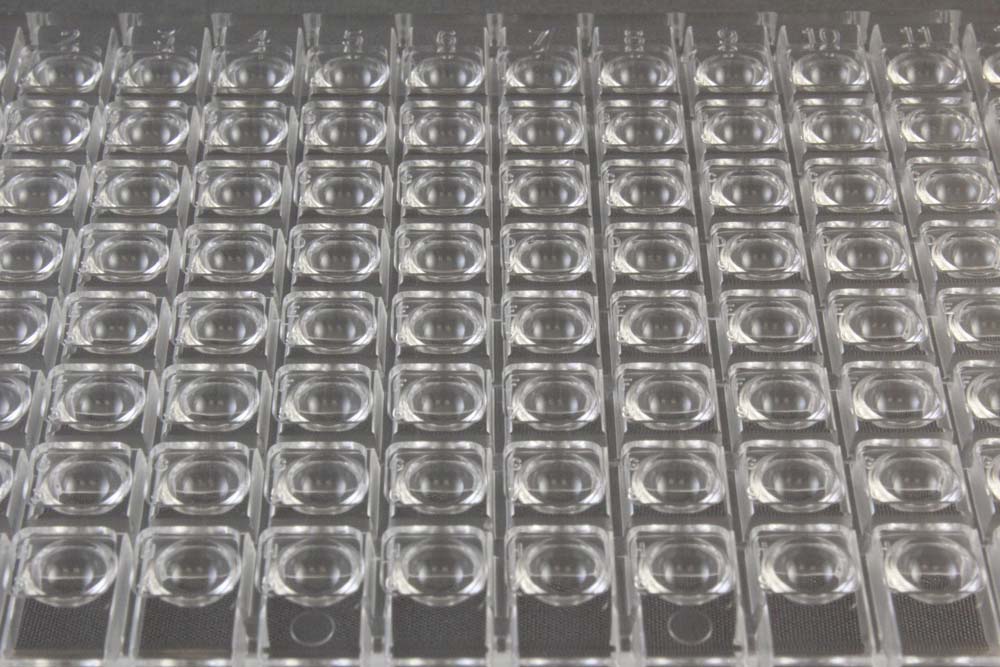

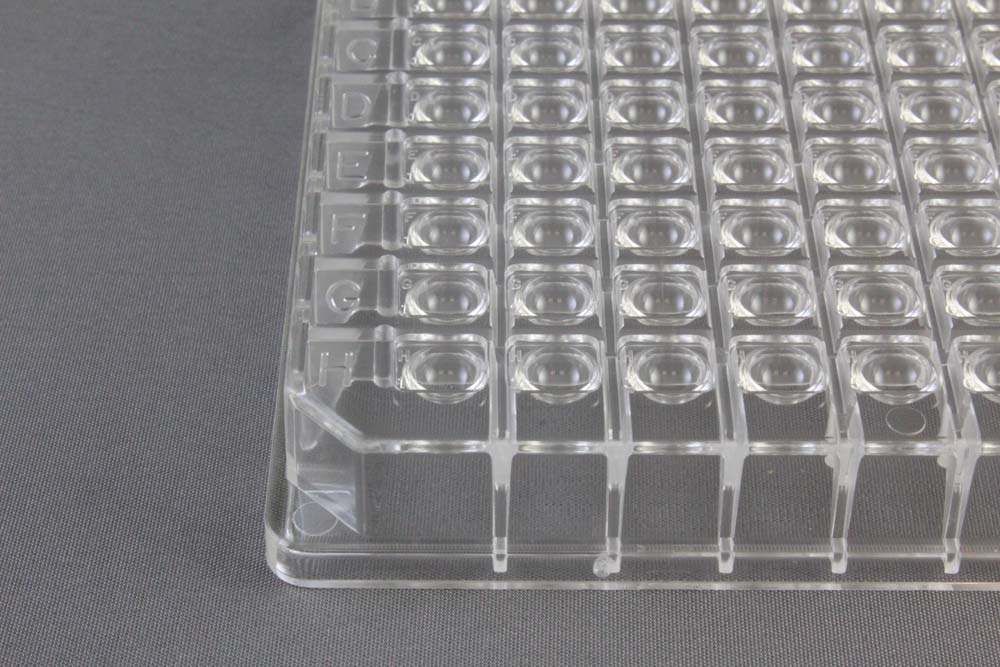
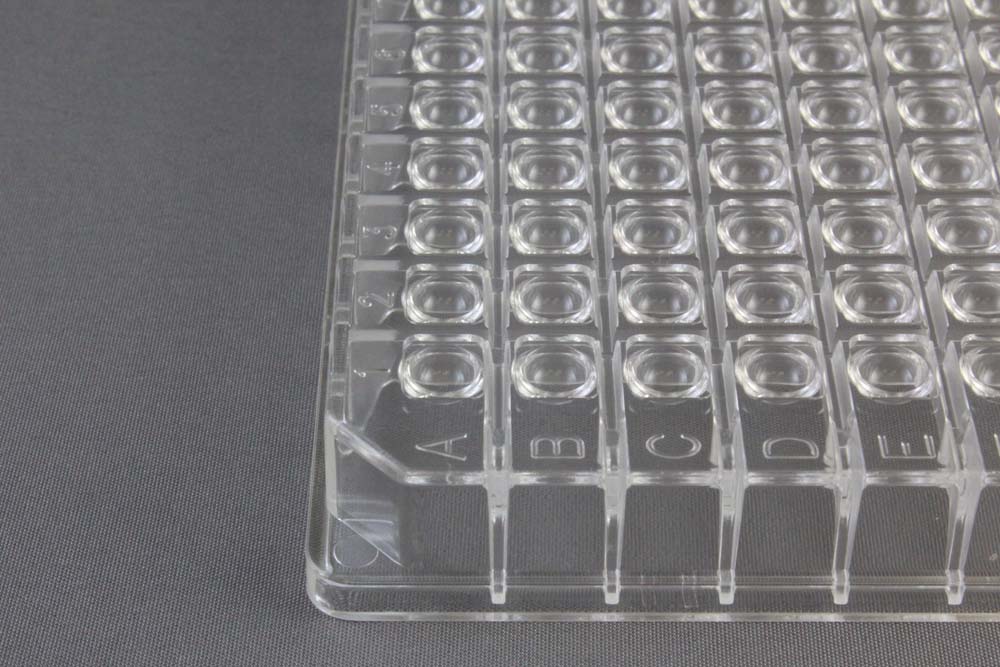
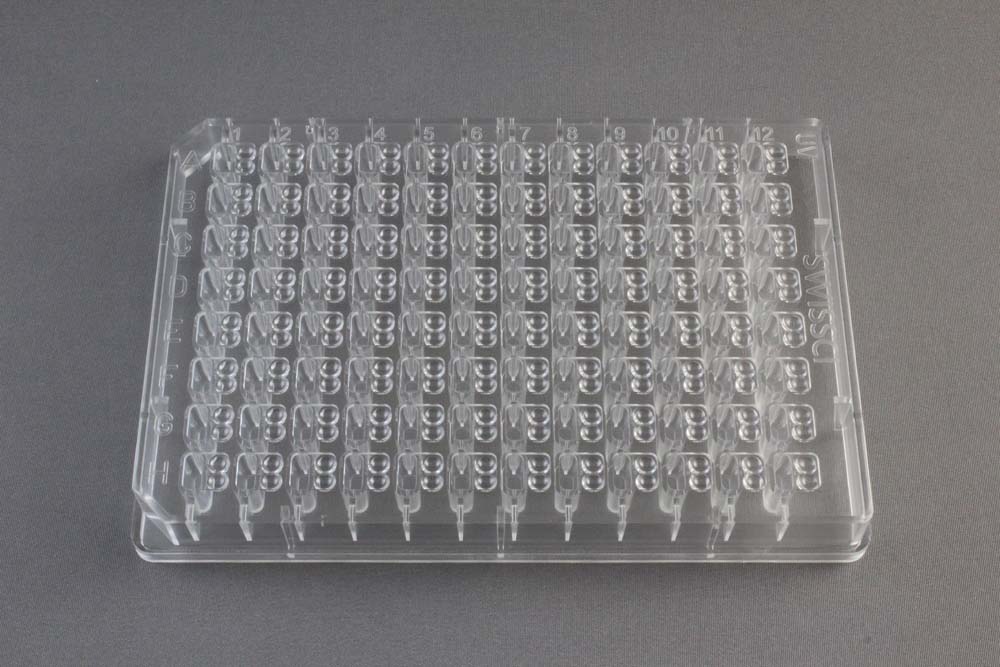
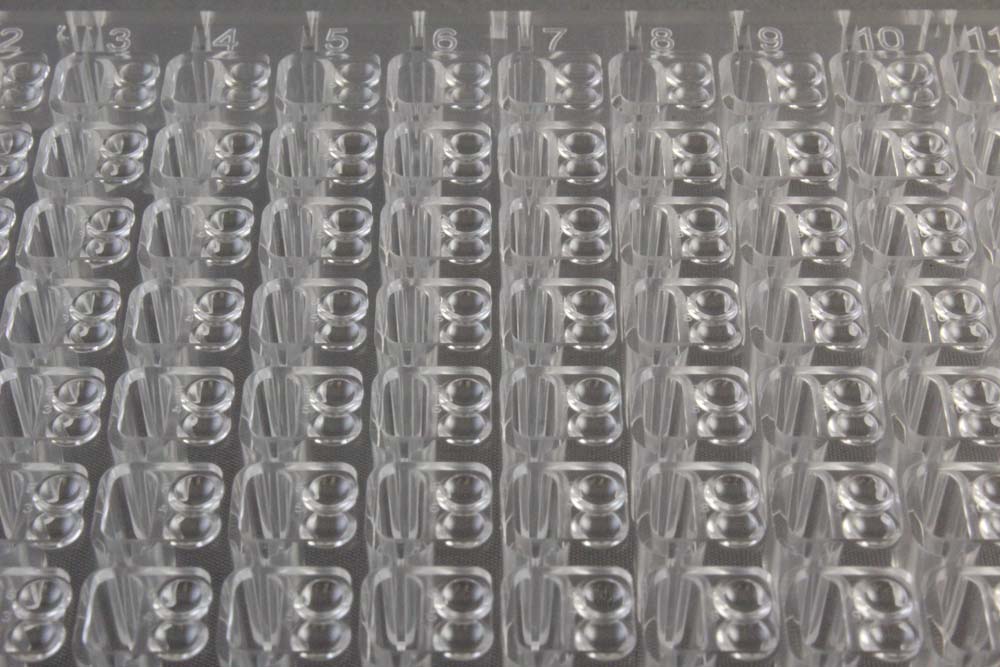

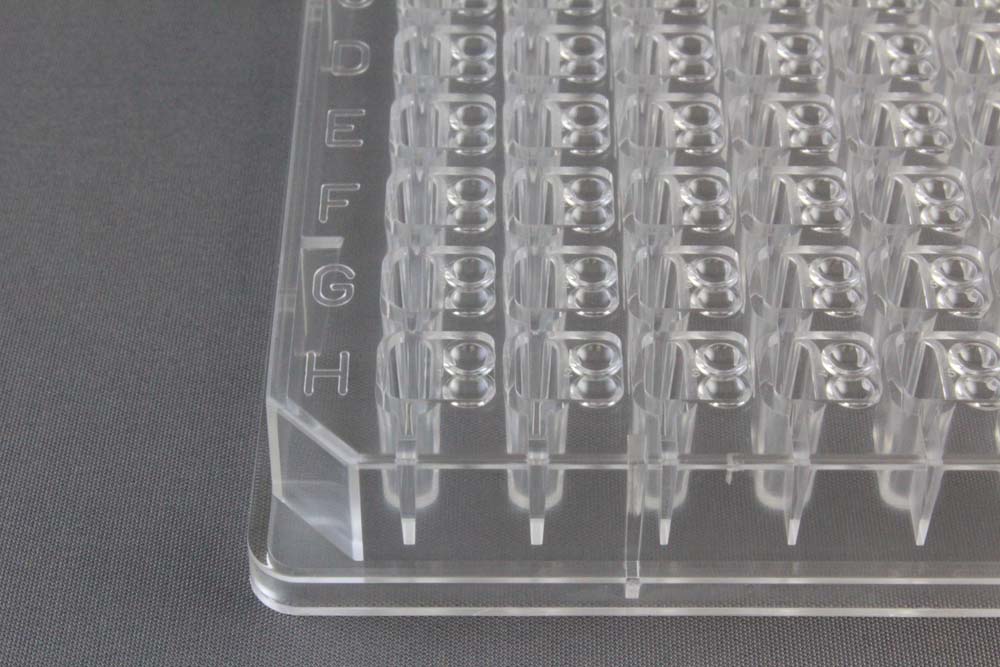
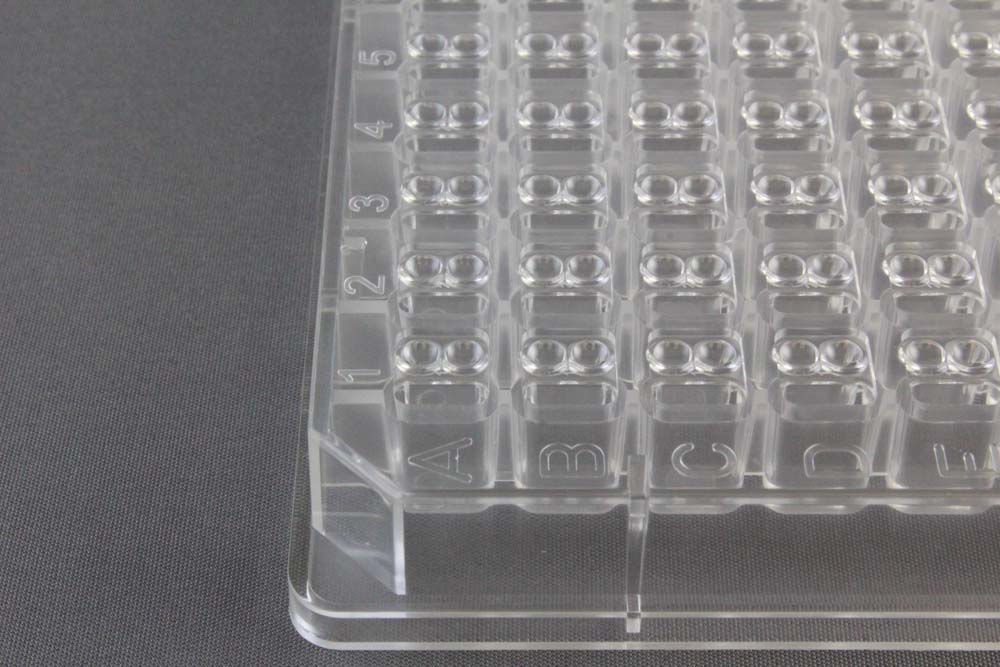
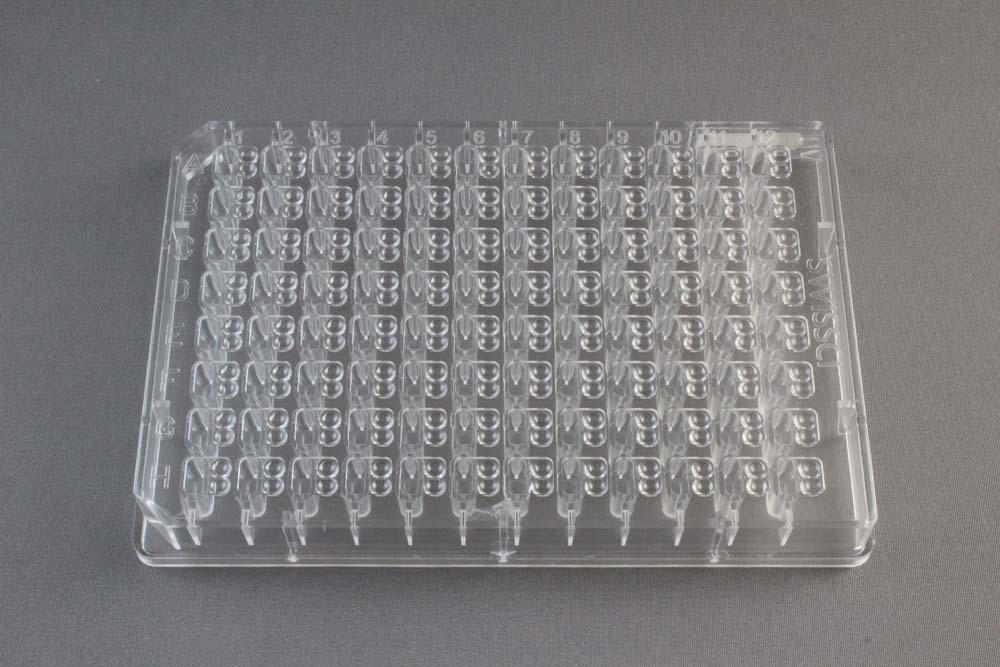

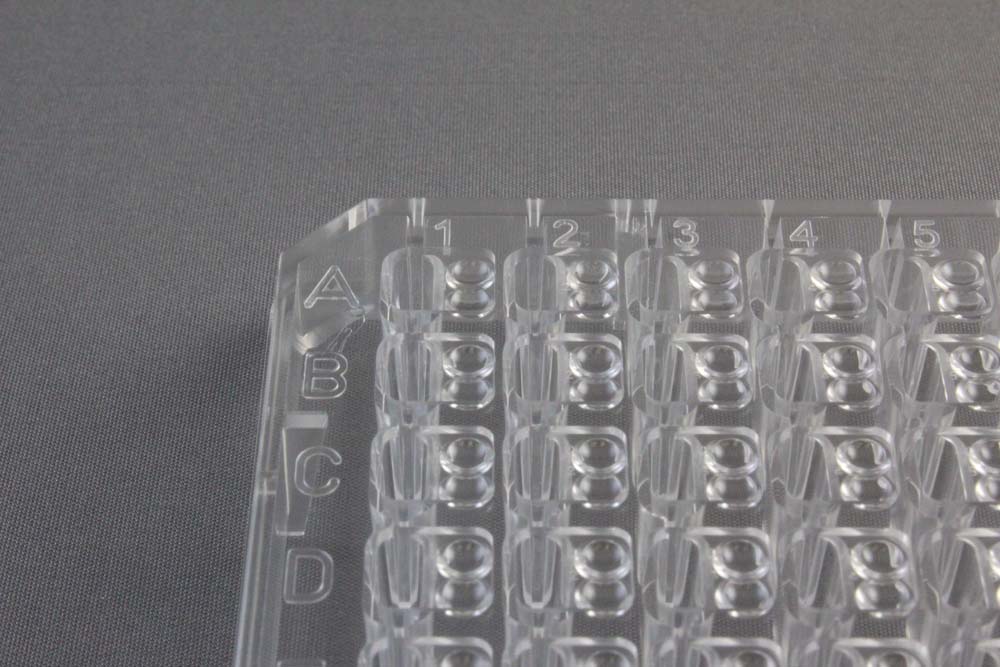


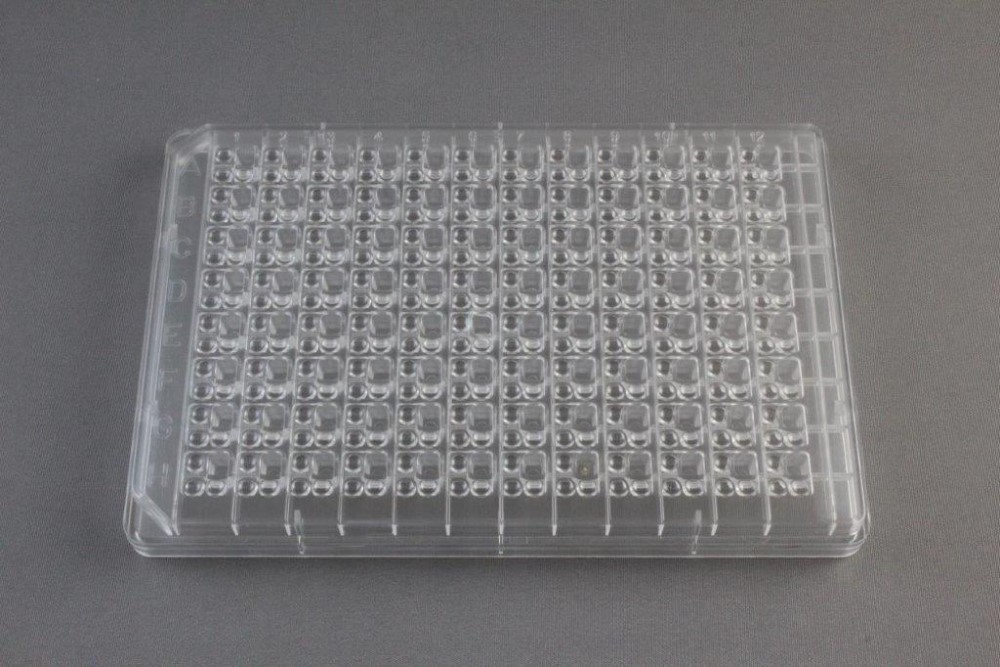
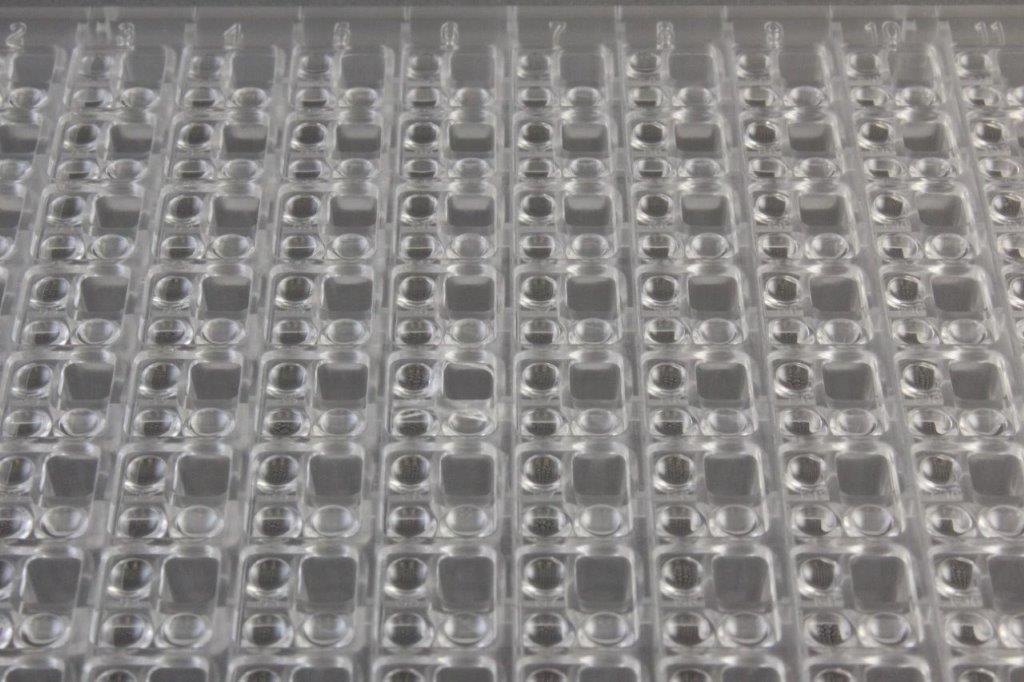
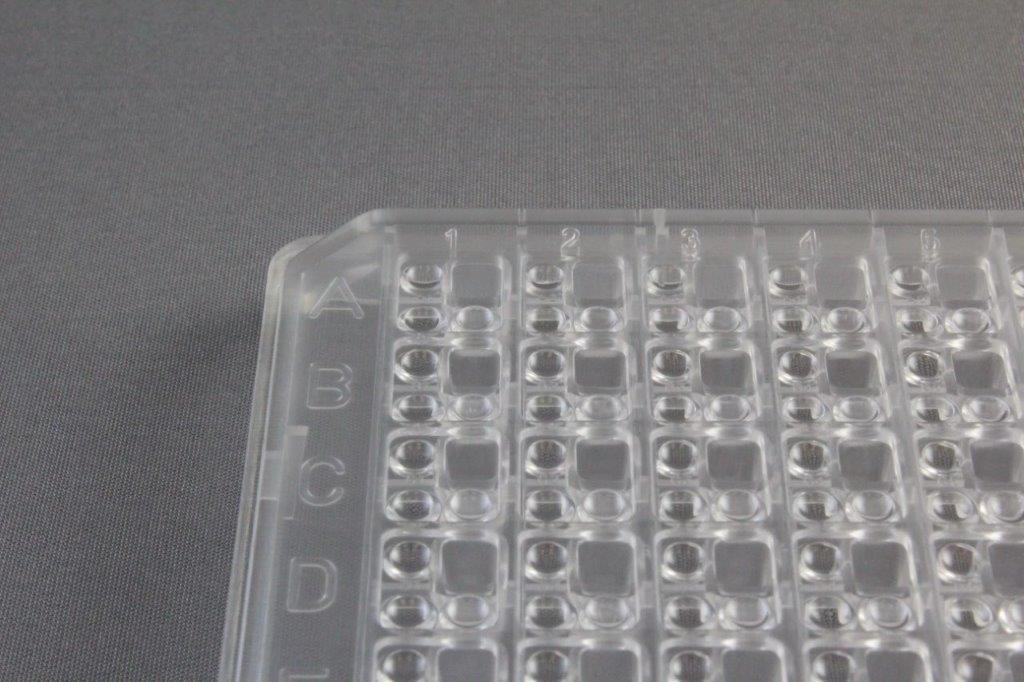

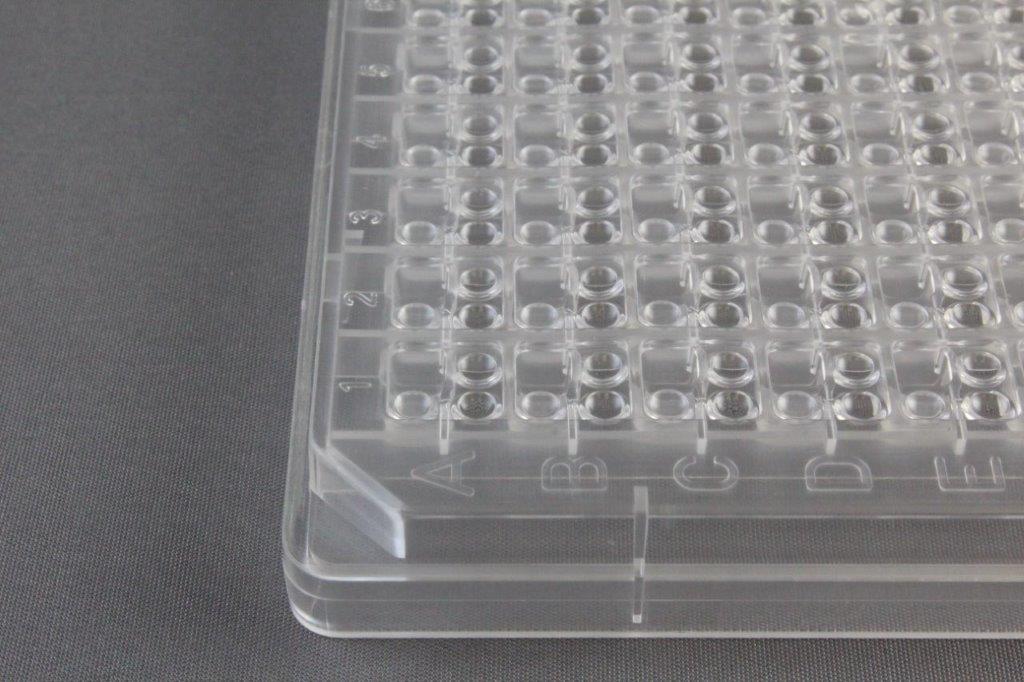
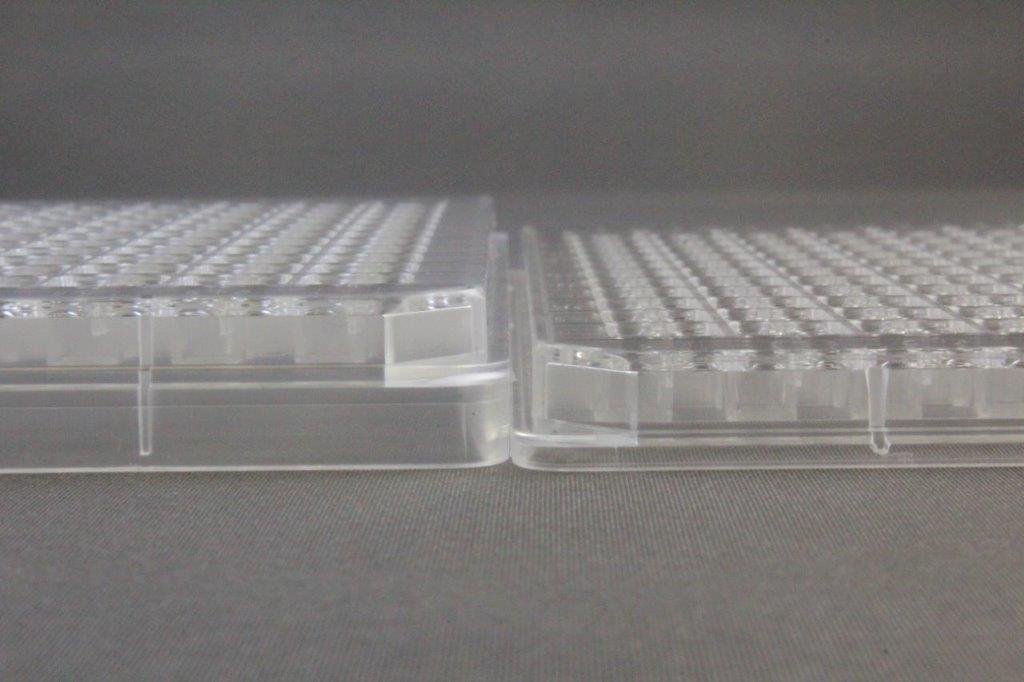
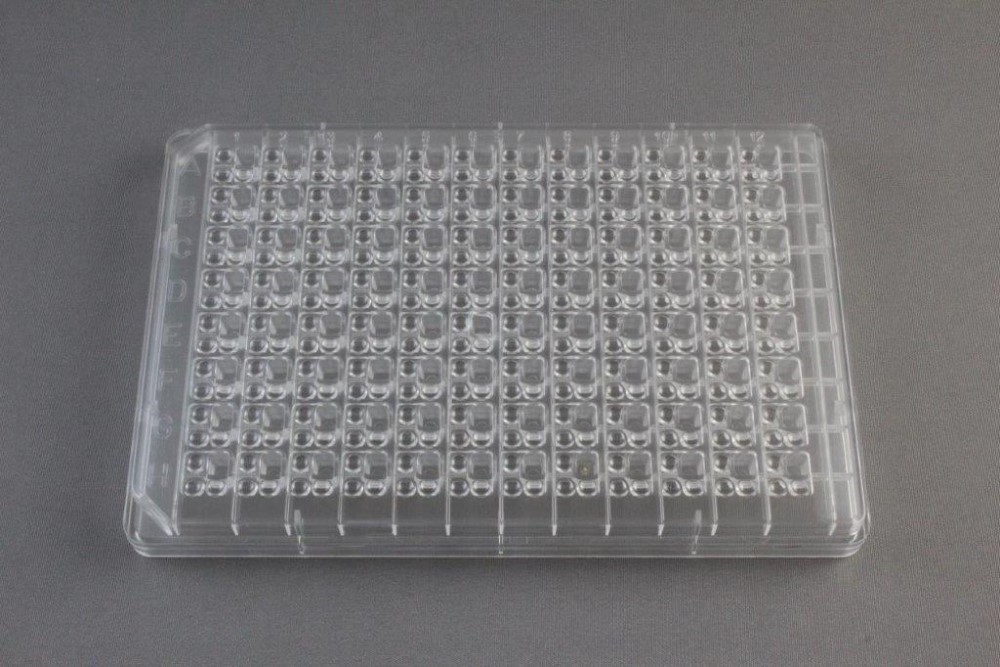
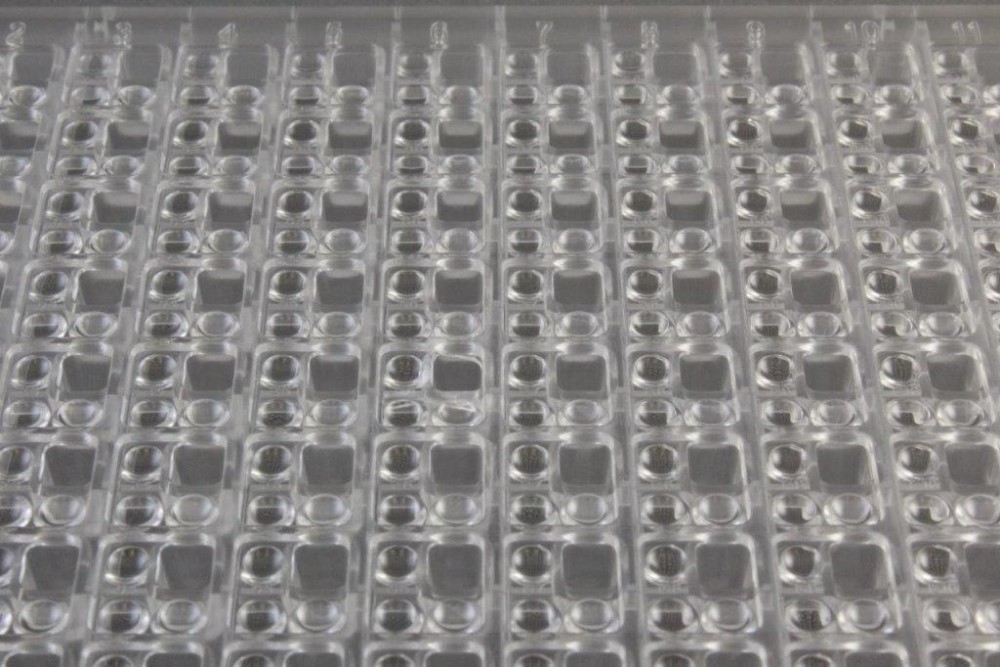

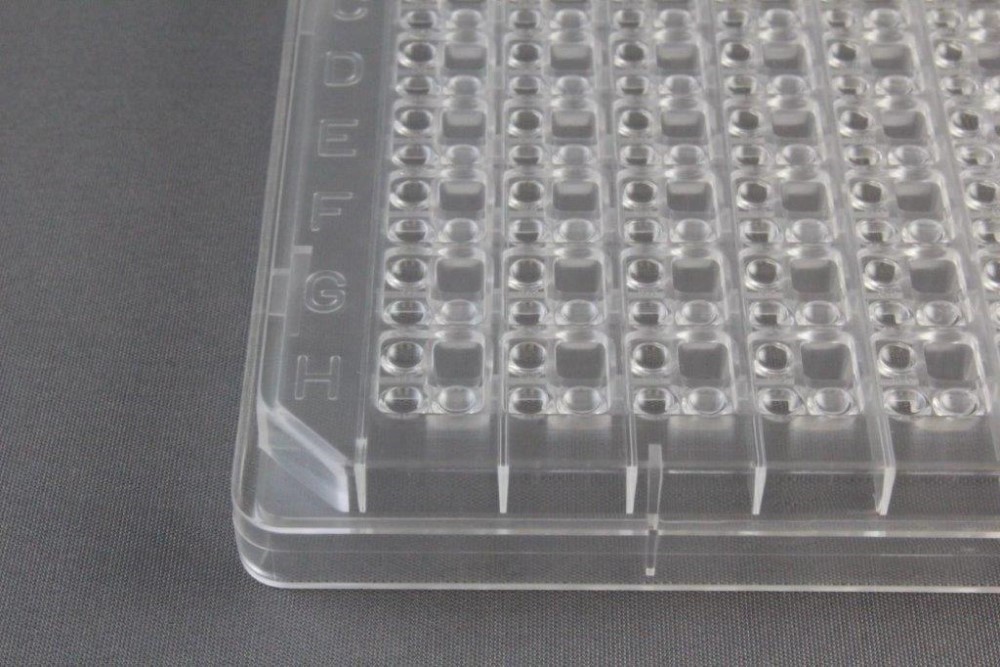
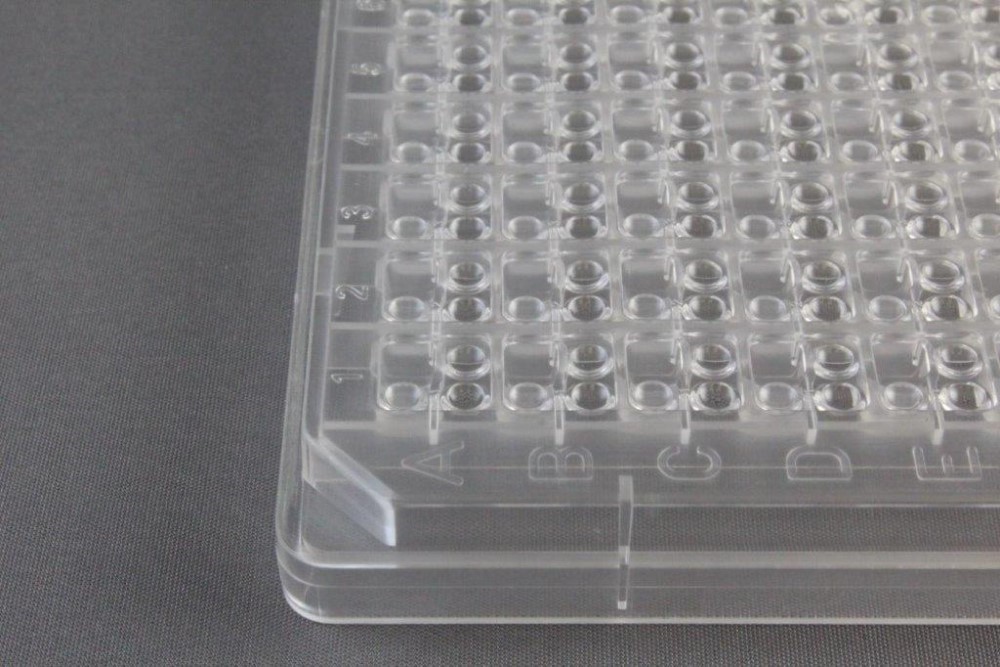
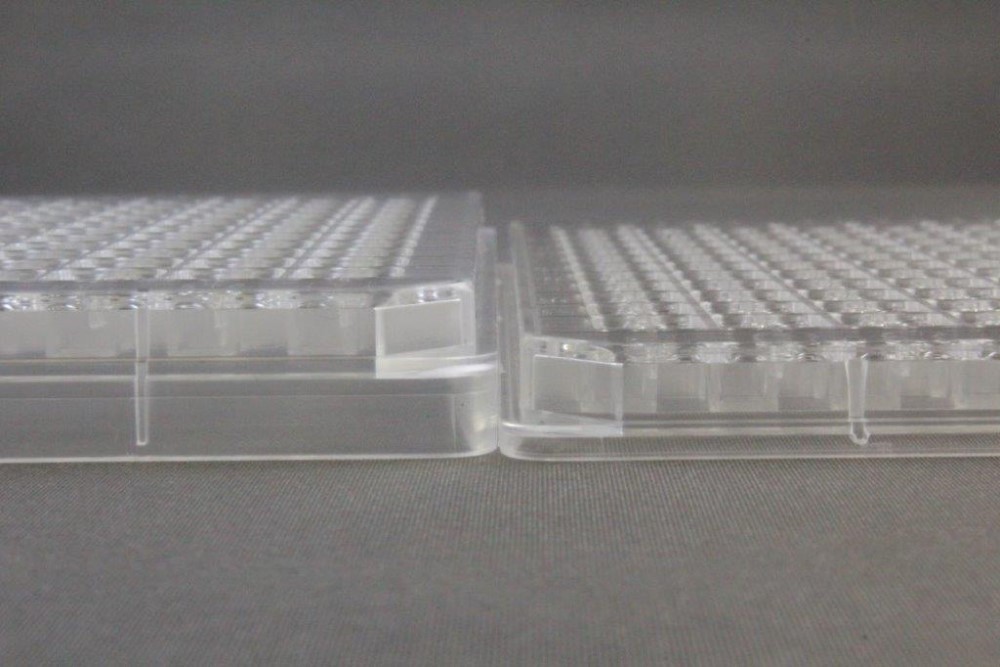
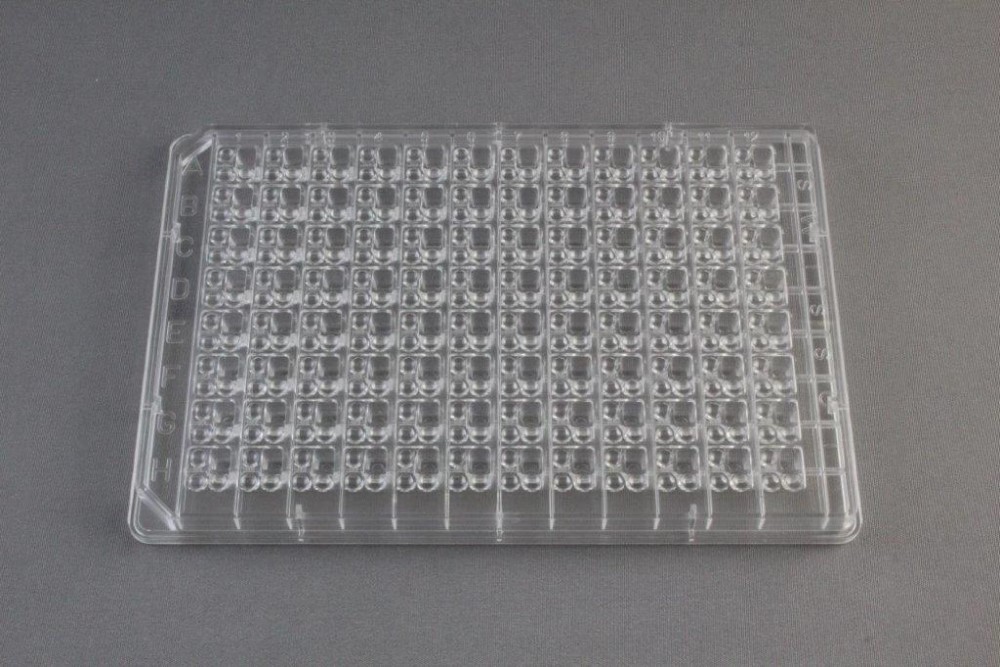

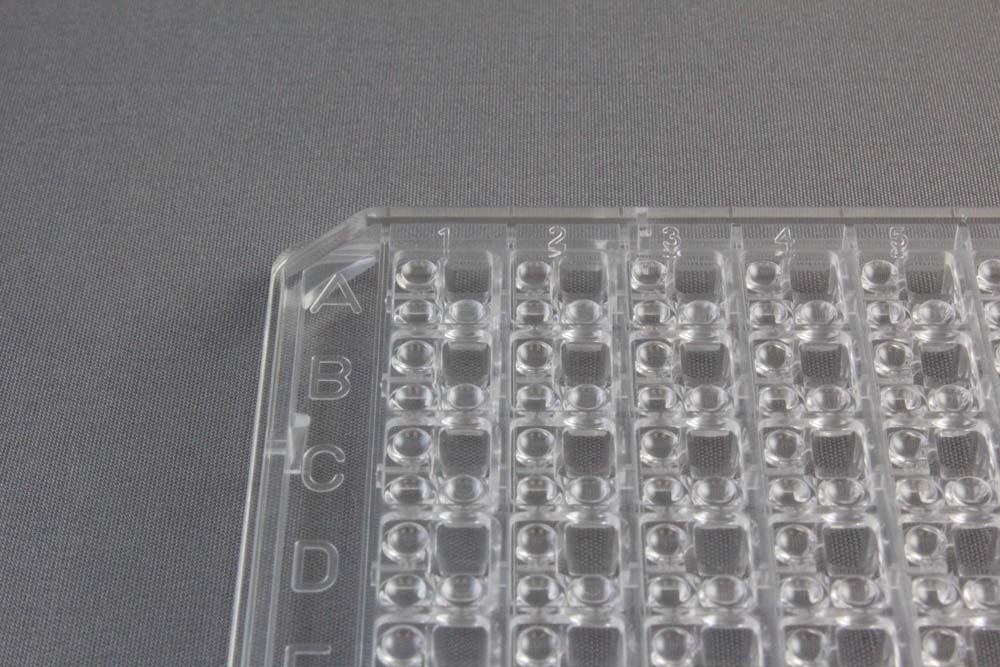
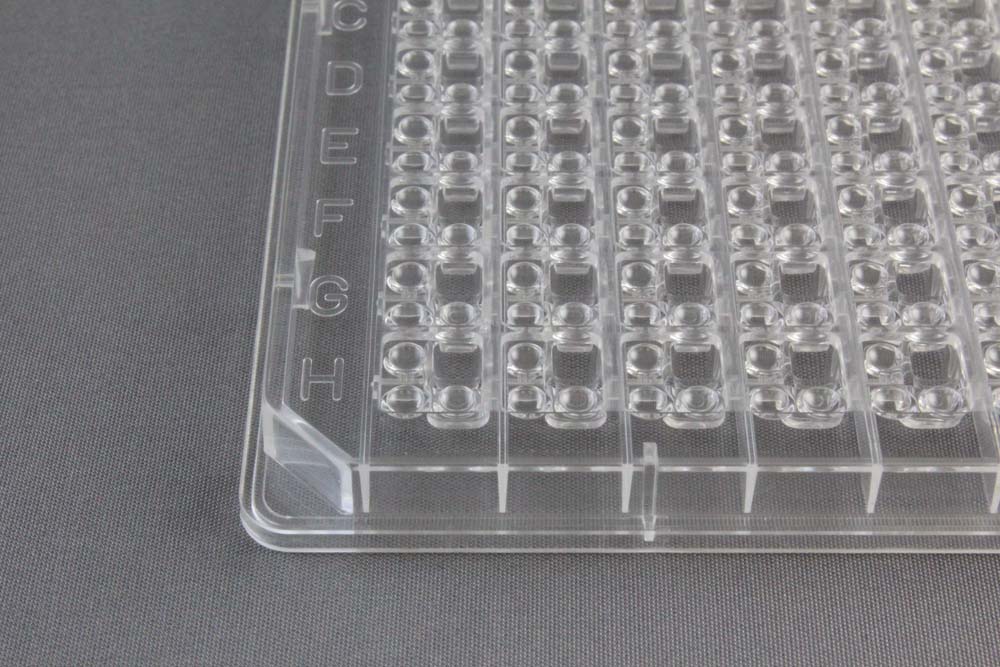
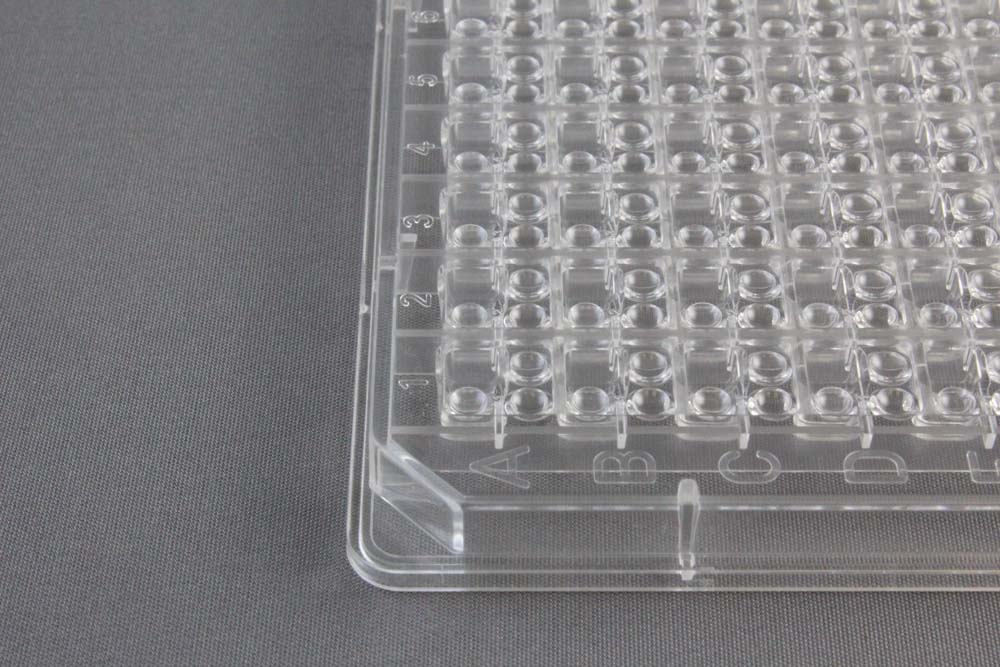

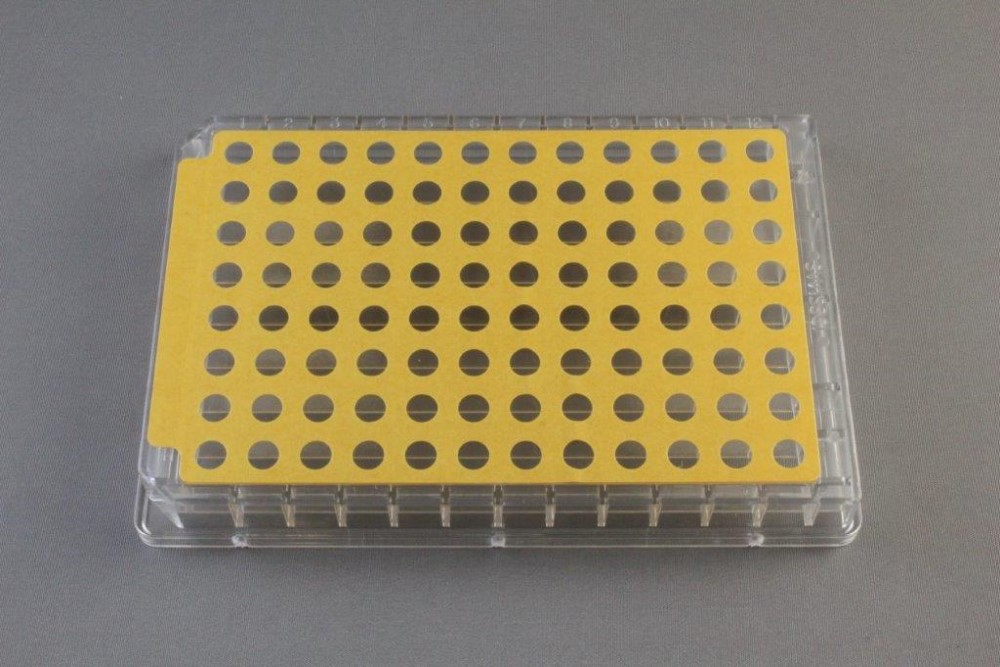
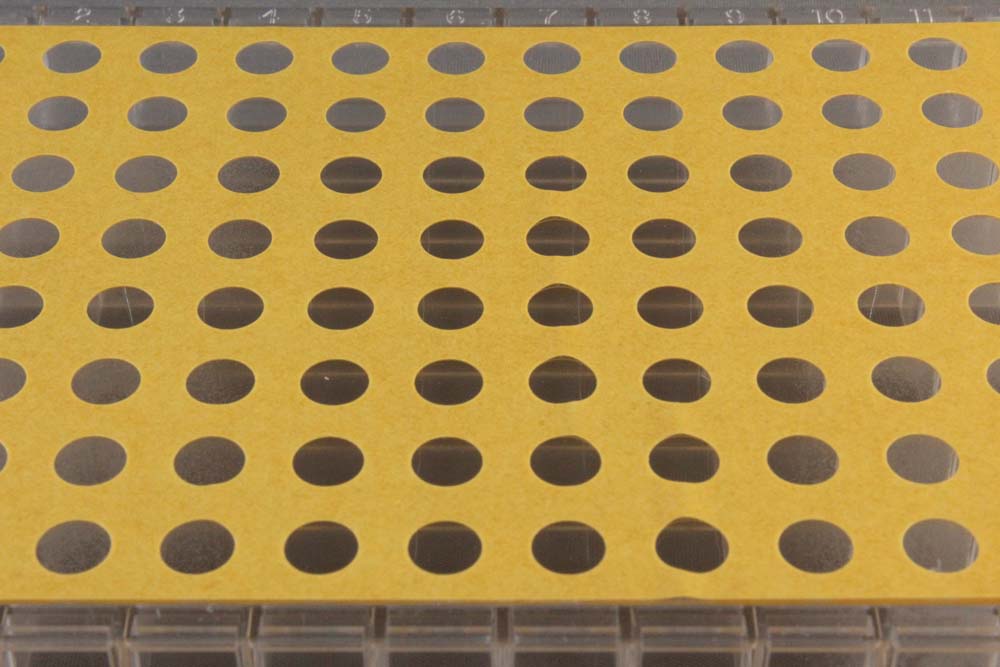
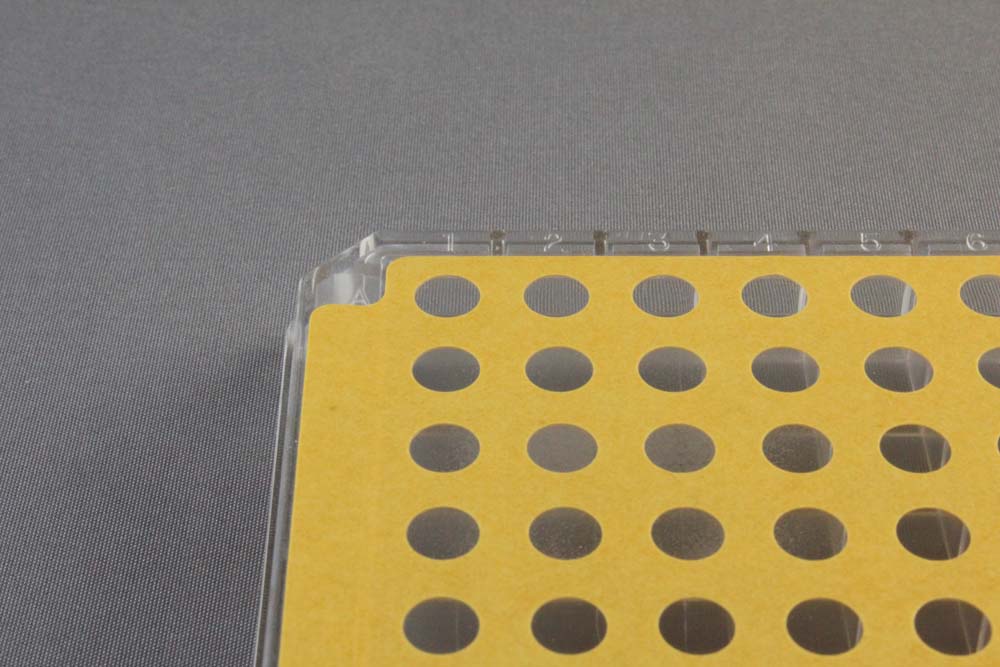

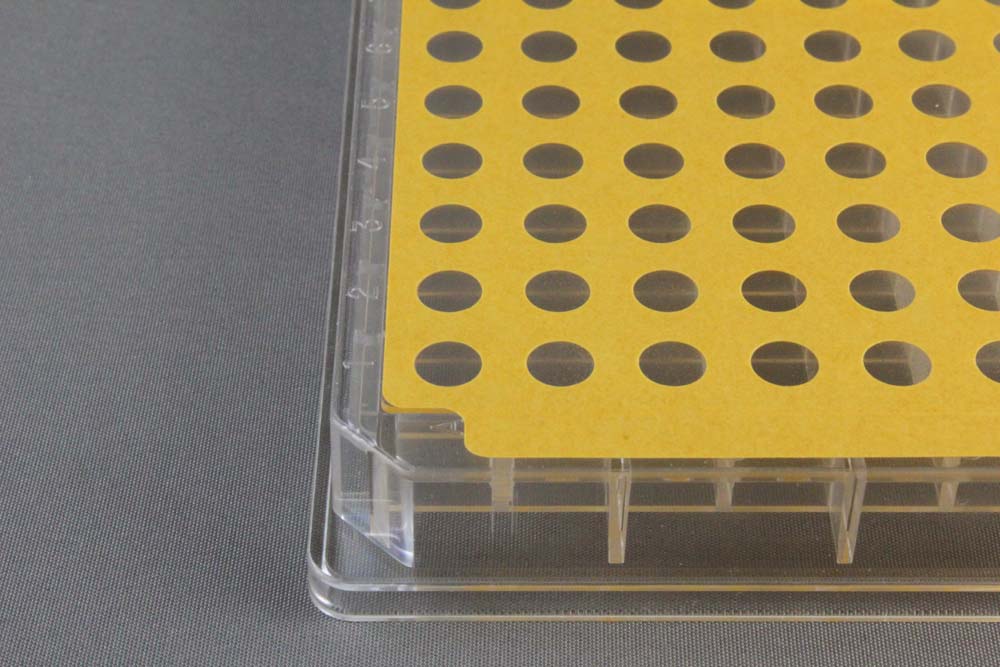
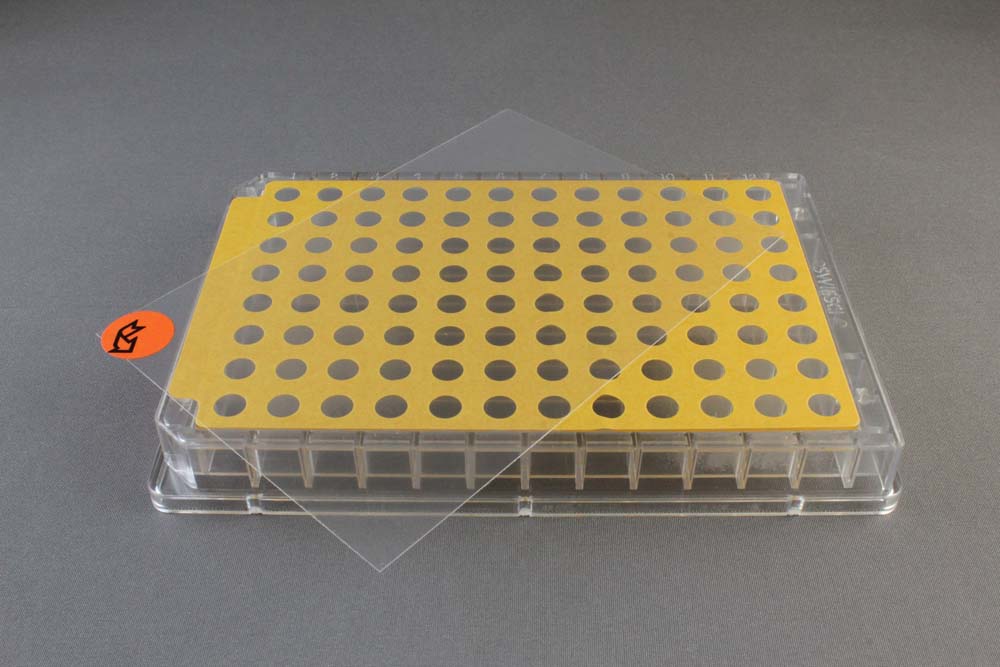
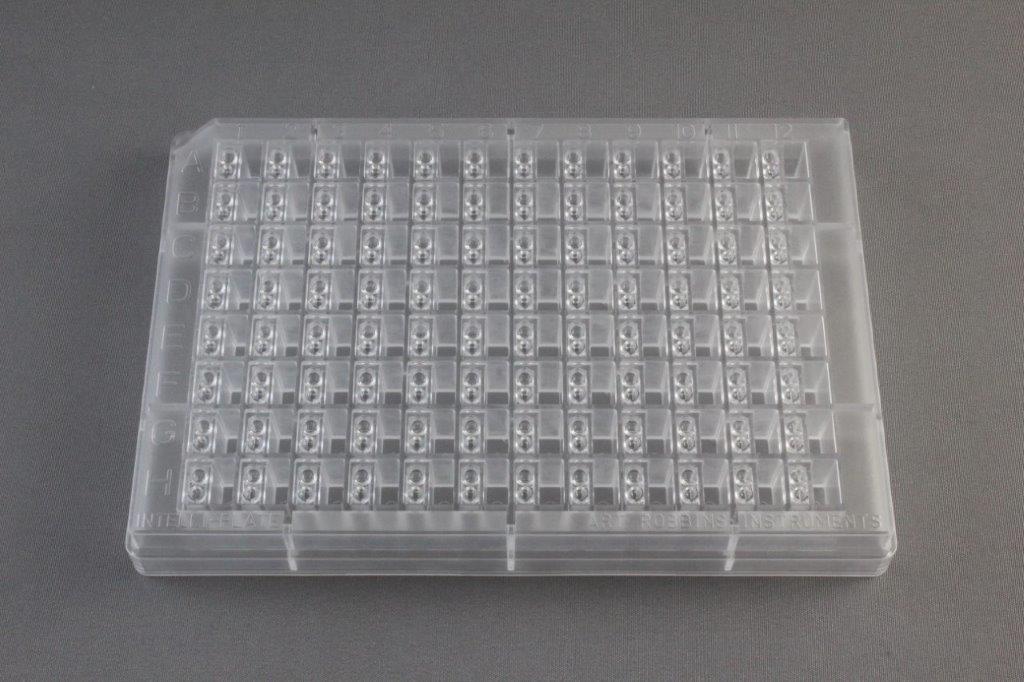
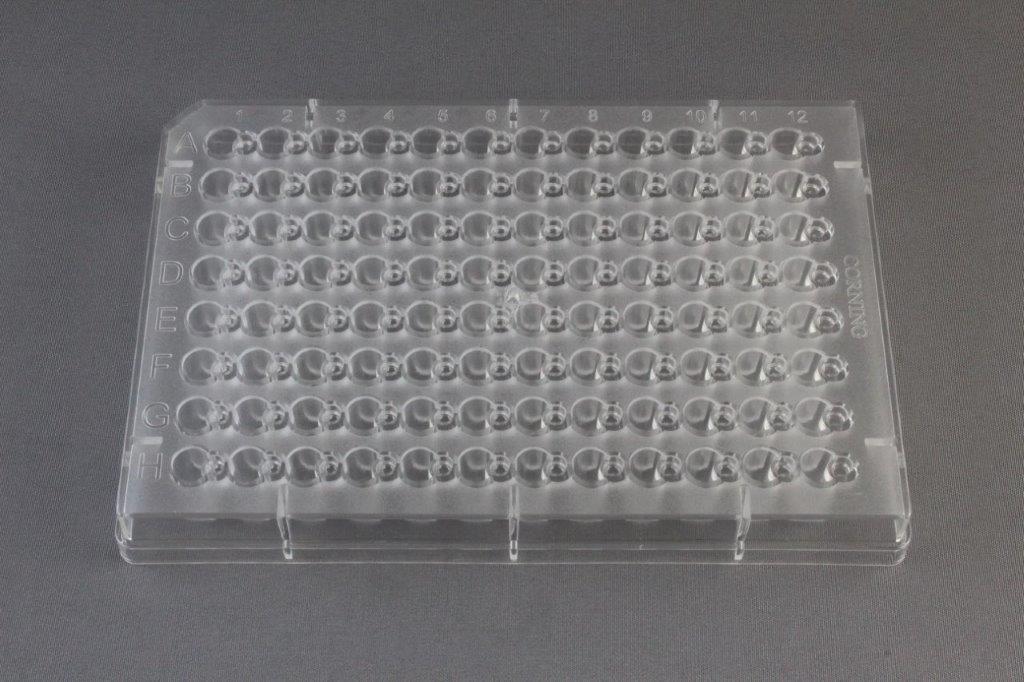
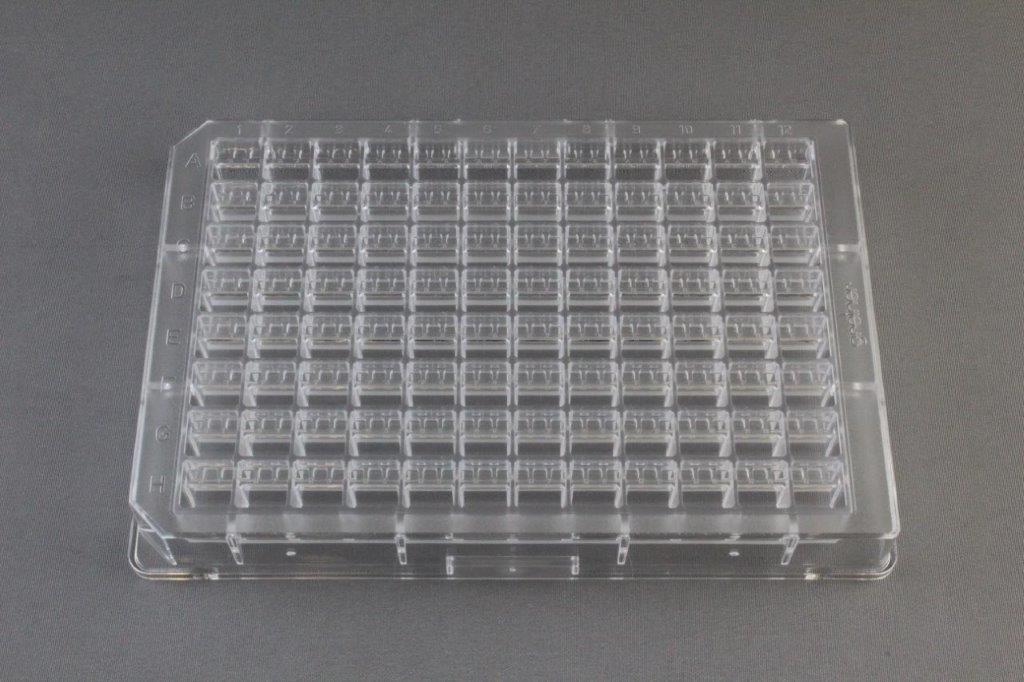
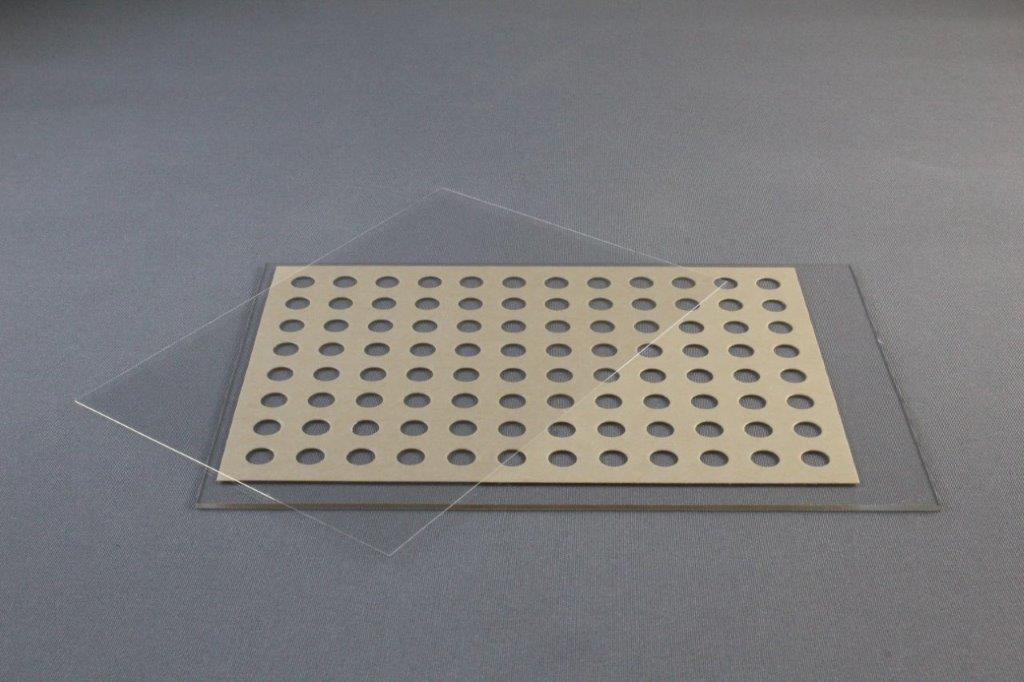
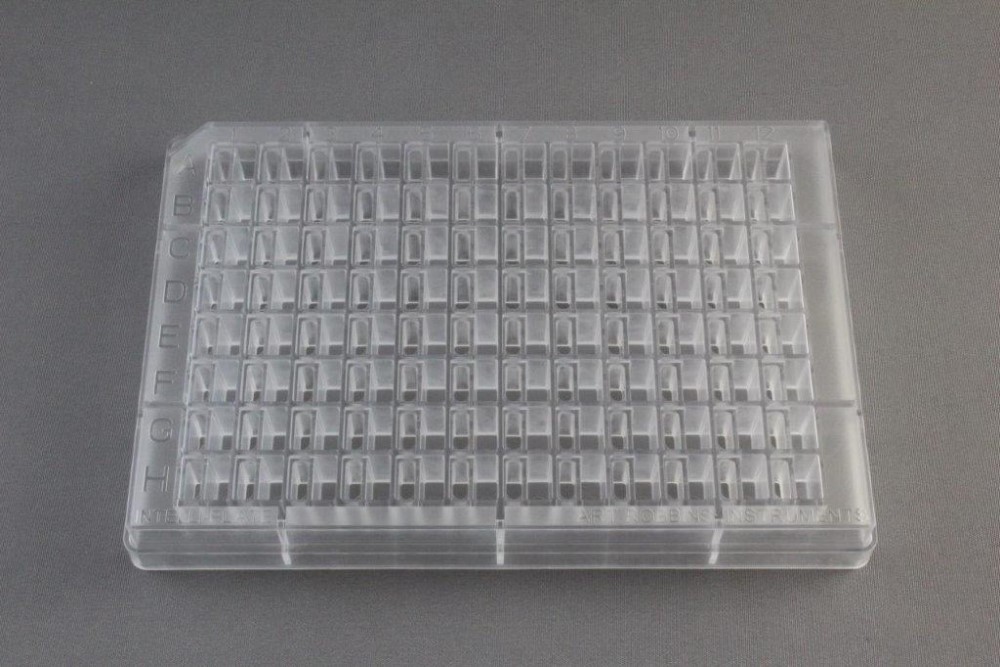

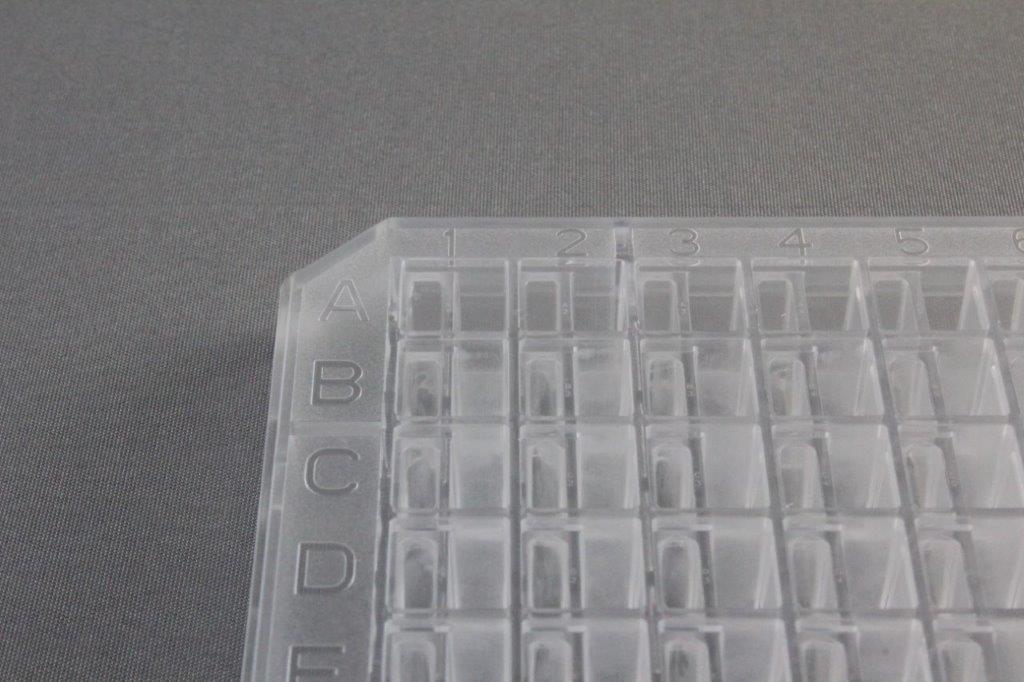
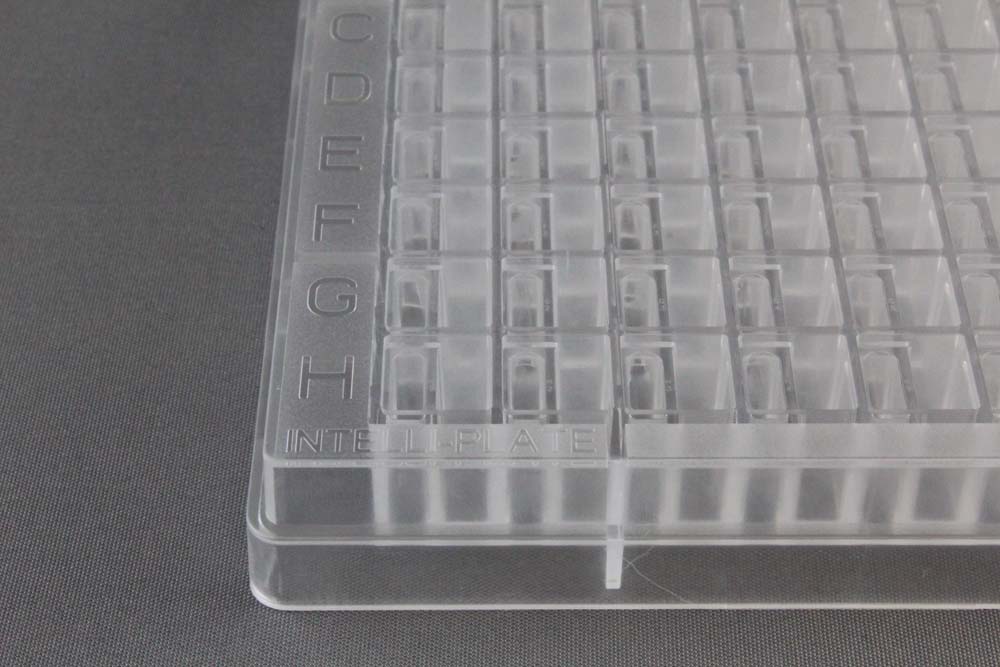


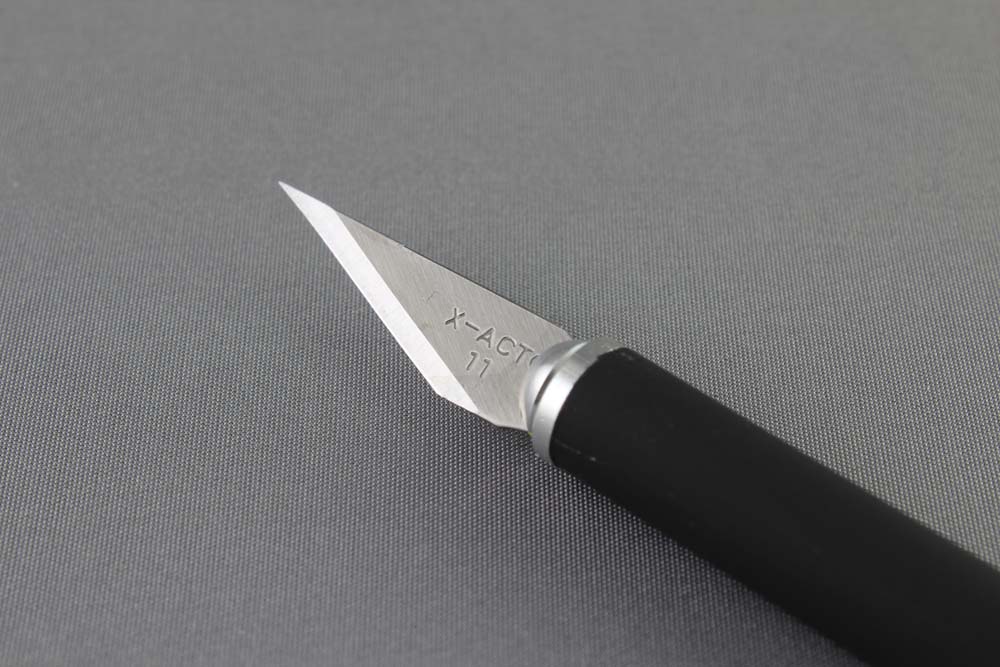
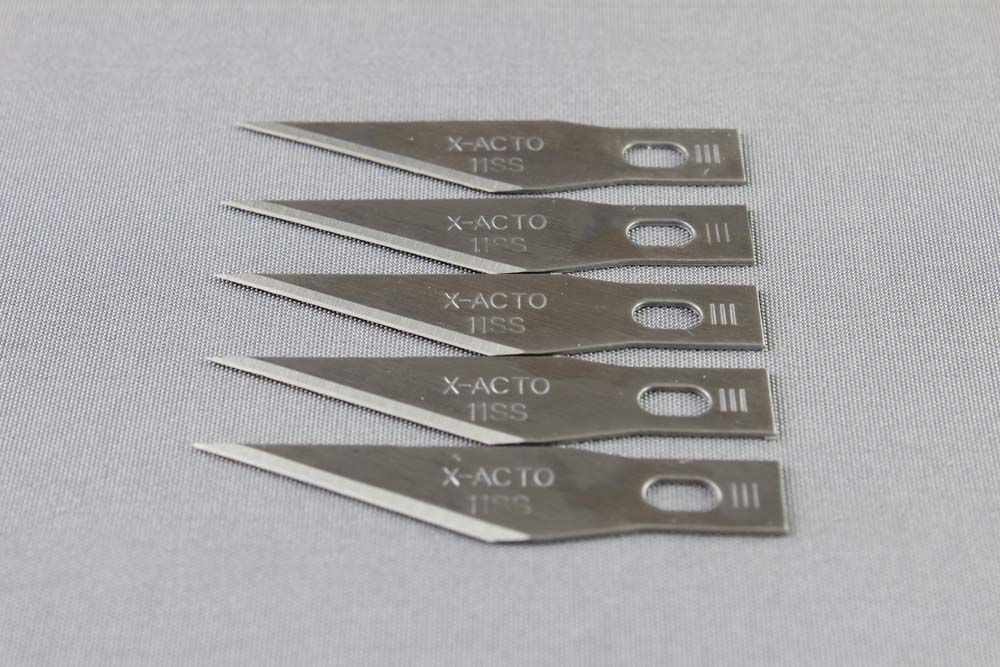



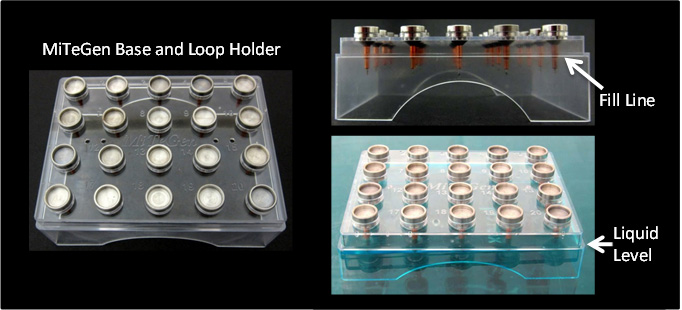
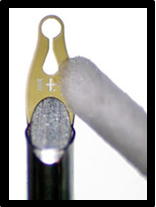
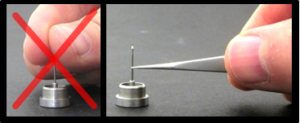
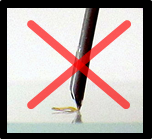
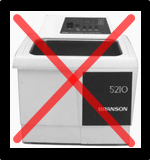
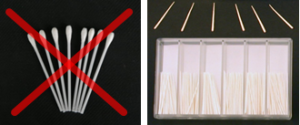

 Convenient kits of compatible assemblies of MiTeGen recommended products
Convenient kits of compatible assemblies of MiTeGen recommended products